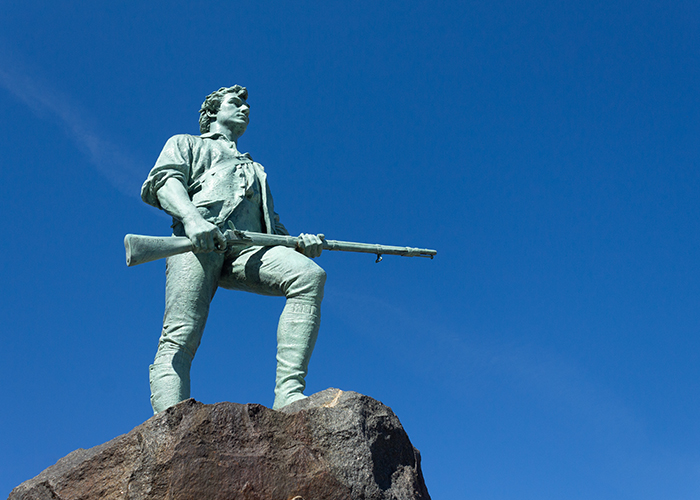 More 2023 Adventure |
Boston, MA → Concord, MA → Waltham, MA 42.6 mi (68.6 km) |
 Next Day |
The beaver is coming, everyone!
No sooner had I switched off the speakers at the Black Cat dedication then I was on an overnight plane, eastbound, for a very different kind of place than my last major trip. Originally, I’d meant to visit South Dakota, but it turned out, Wind Cave National Park was closed for elevator repairs! So in an 11th hour turnaround, while I was wrangling Black Cat logistics, and with threats of another government shutdown looming, I shuffled my plans from Charleston to Charlestown in the Bay State of Massachusetts!
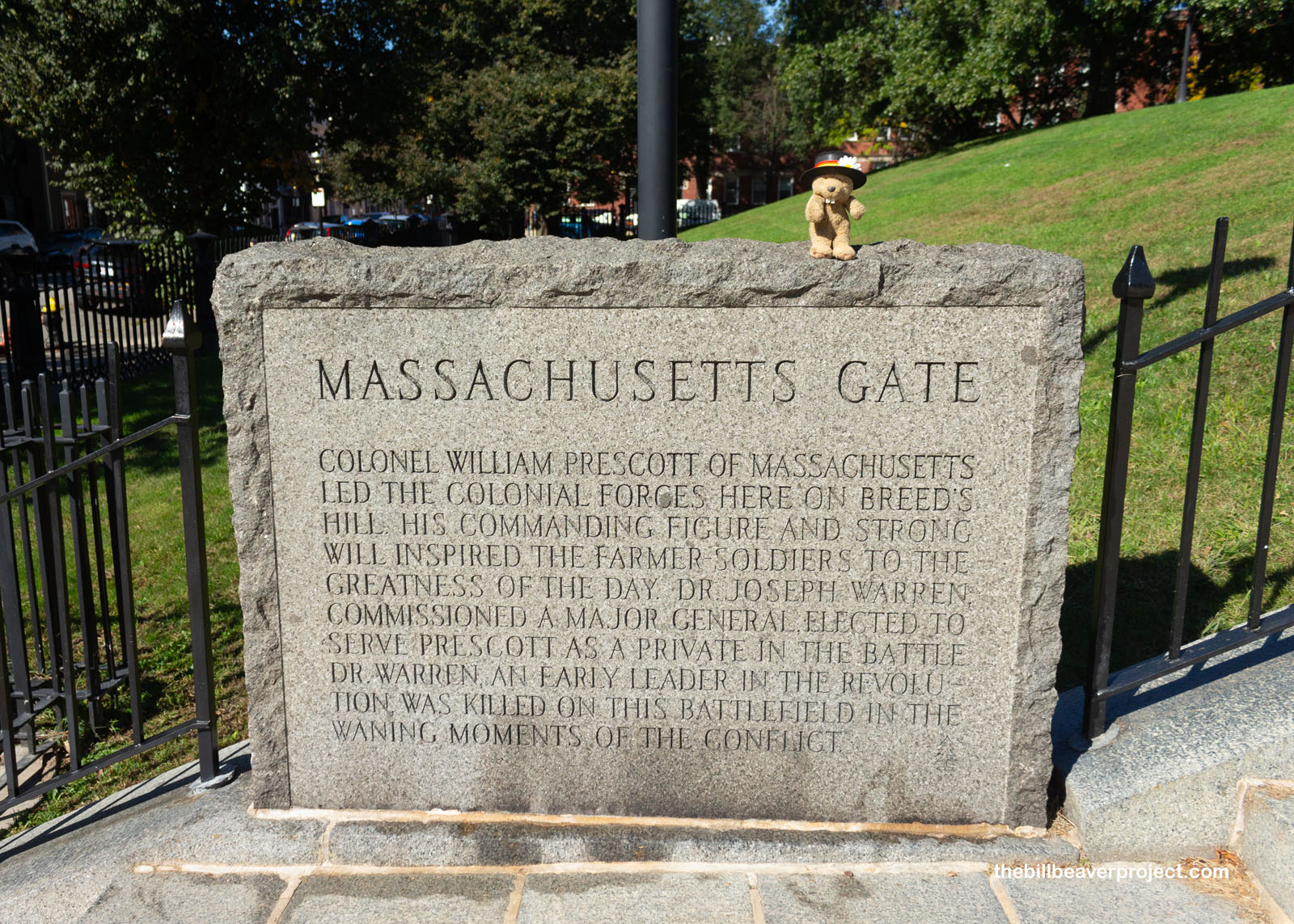 |
From the moment I arrived in Boston, I learned the hard way that the subway is the only way to get around. Traffic is nuts! Parking is packed or permitted, with only one exception I could find after lots of circling: 3 hours, permit-free, on the north side of Bunker Hill. That worked just fine for me, since the Bunker Hill Monument is part of Boston National Historical Park!
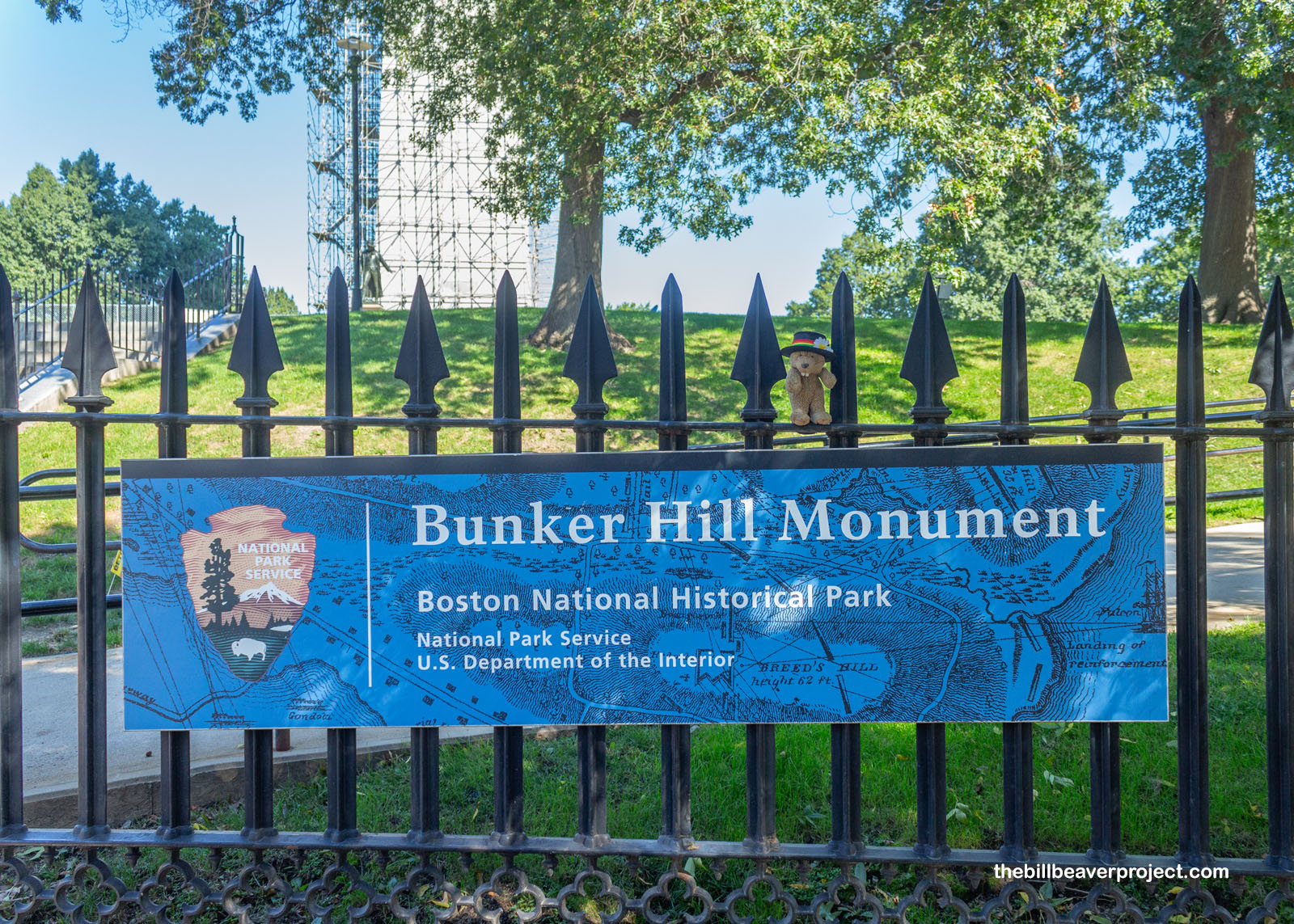 |
Luckily for me, the government did not shut down this week, but the Bunker Hill Monument was undergoing maintenance. At 180 years of age, this Egyptian-style obelisk needs regular maintenance against the elements, in particular the mortar on its pyramidion roof! Sadly for me, Boston’s iconic monument was covered in scaffolding when I visited, but happily, it meant more folks could continue to enjoy it once the work was done!
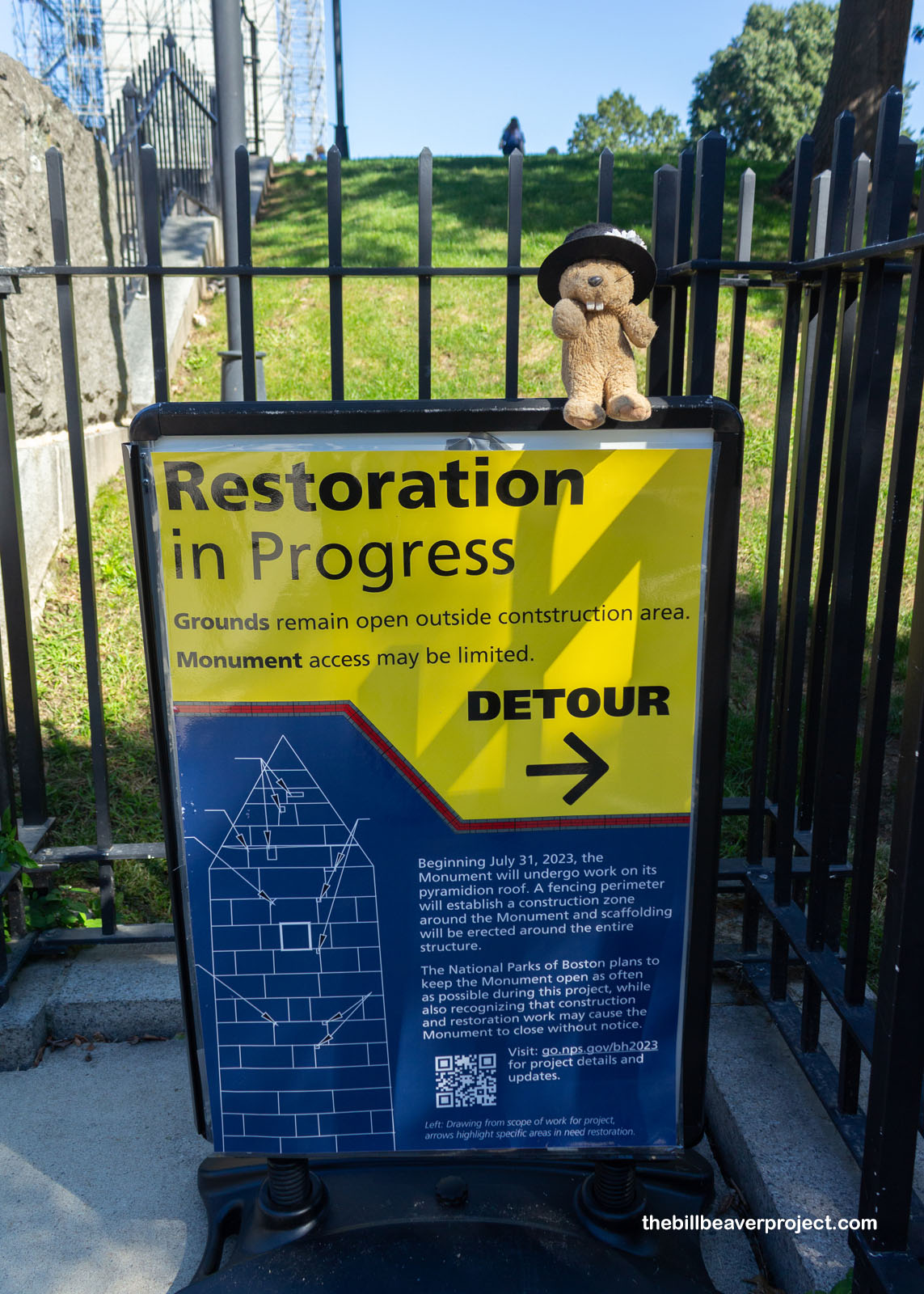 |
In any case, this towering, 221-foot, granite obelisk was one of America’s first war memorials, designed by Solomon Willard and built between 1825 and 1843 under the auspices of the Monument Association! It commemorates one of the pivotal early battles in the American Revolution, a race to be king of the hill, so to speak! In June of 1775, the British were highly on edge in the Boston area. To keep the colonists from kicking them out of the city, they set out to fortify the hilltops around Boston Harbor, like this one, Breed’s Hill, but word got out! Led by Colonel William Prescott, 1,000 recruits from Massachusetts and Connecticut gathered on this hill to face down those redcoats!
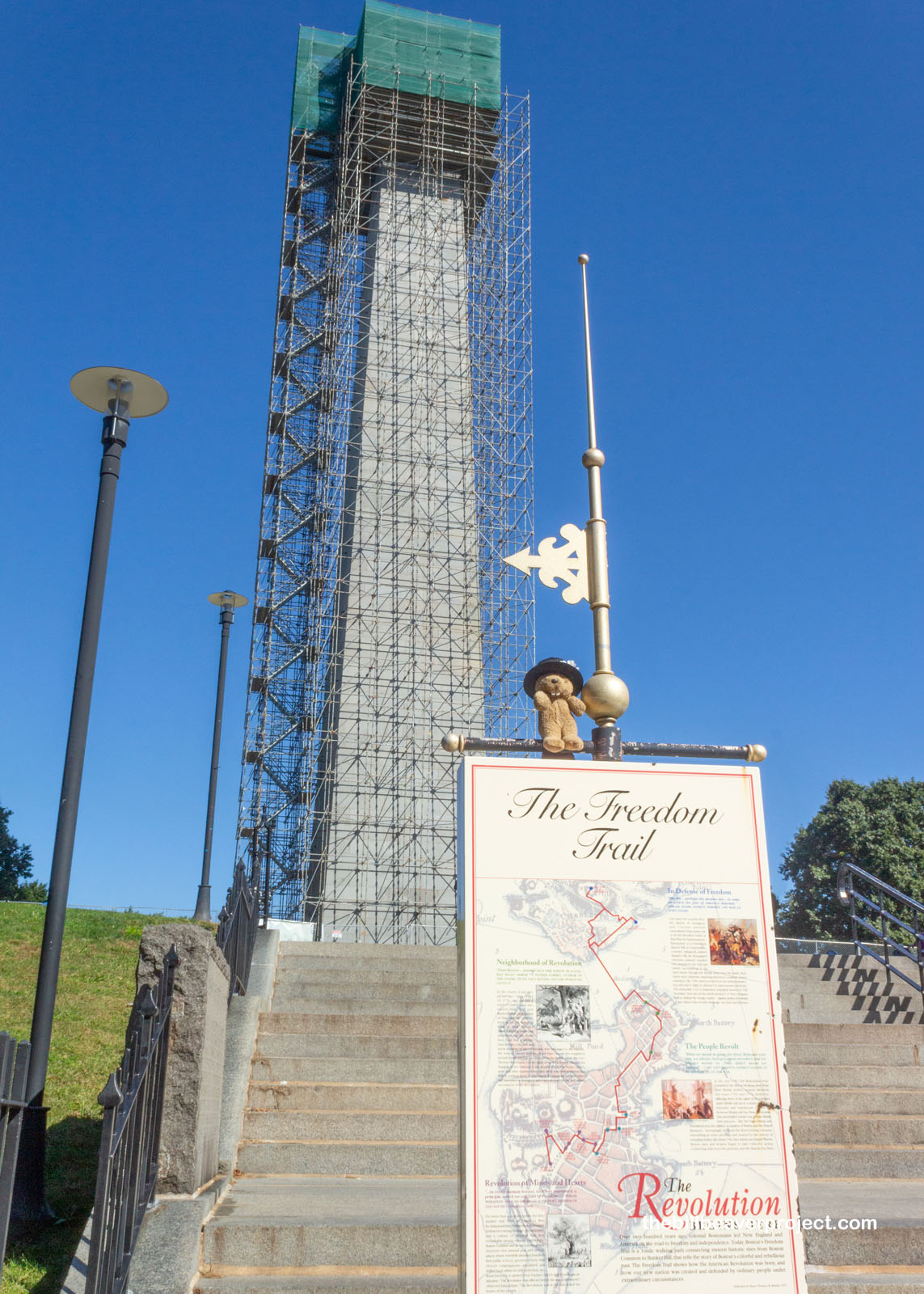 |
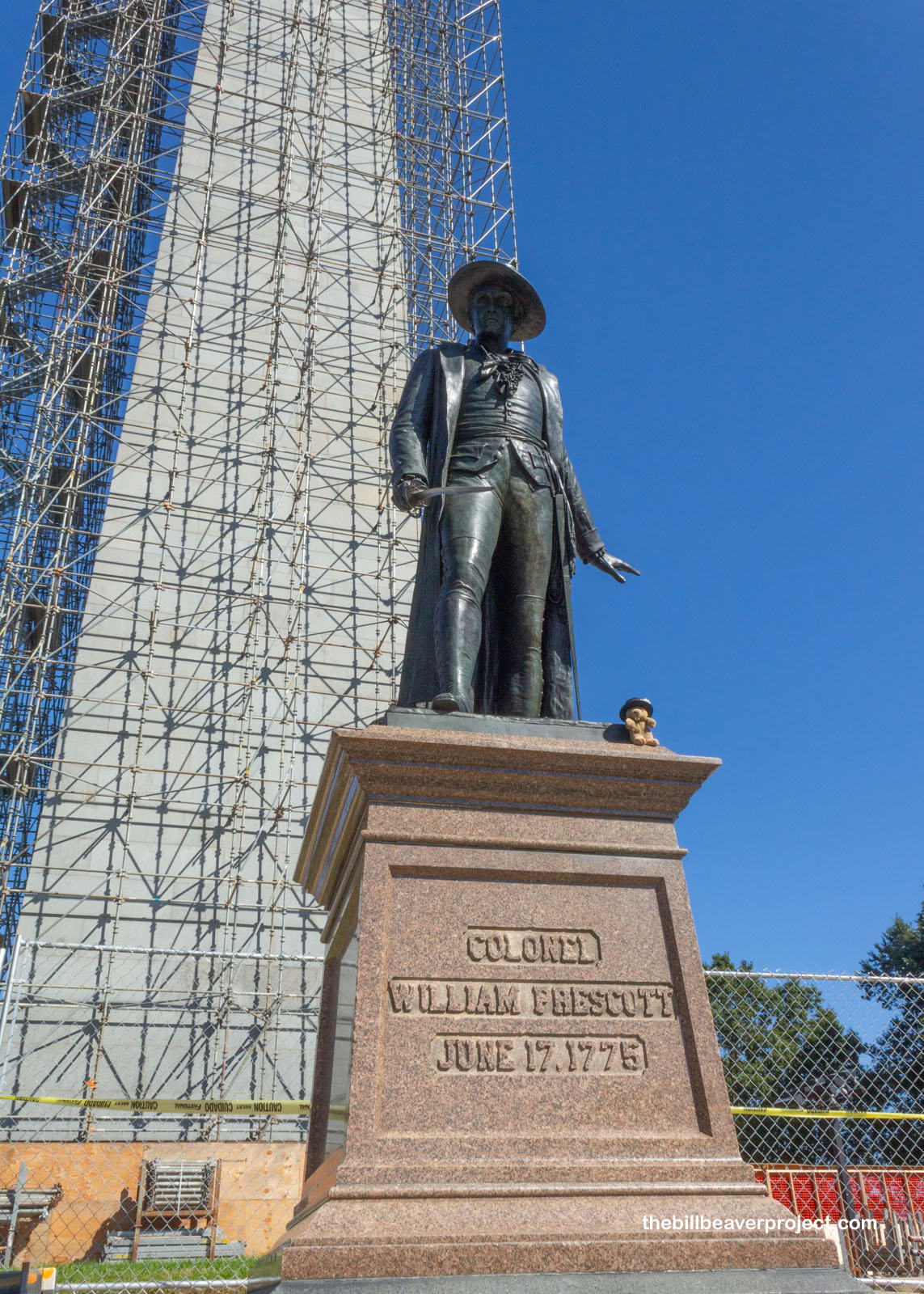 |
All around the base of the memorial were markers of defensive positions (hence the nickname “Bunker” Hill), where Patriot forces faced off against the more numerous, better armed Brits on June 17th. At the end of the ferocious battle, the Patriots ran out of gunpowder, making for a British victory, but it was far from a sweet one! There’d been 450 casualties on the American side, but the British had lost 1,054! After the Battle of Bunker Hill, a long and costly war lay ahead!
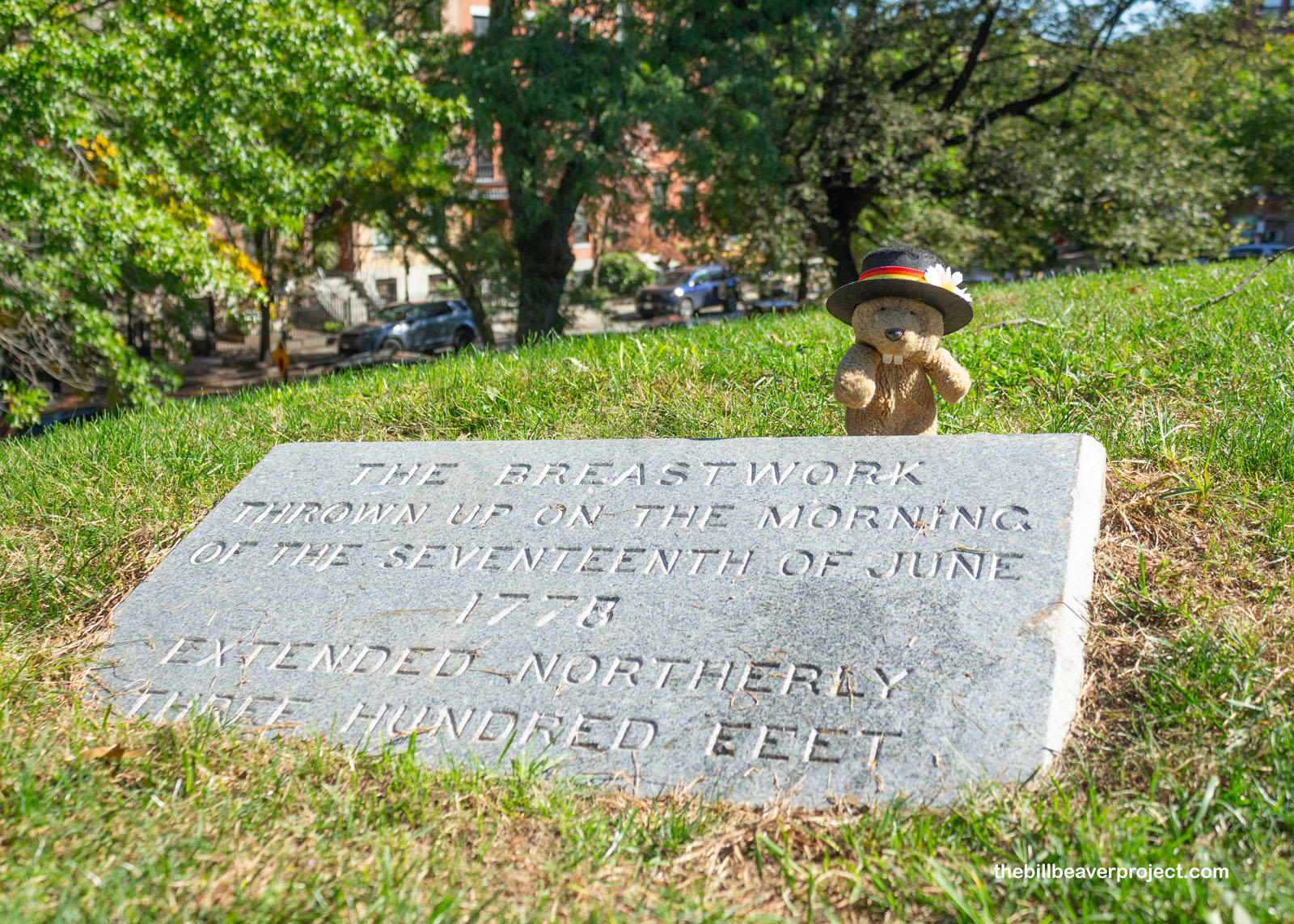 |
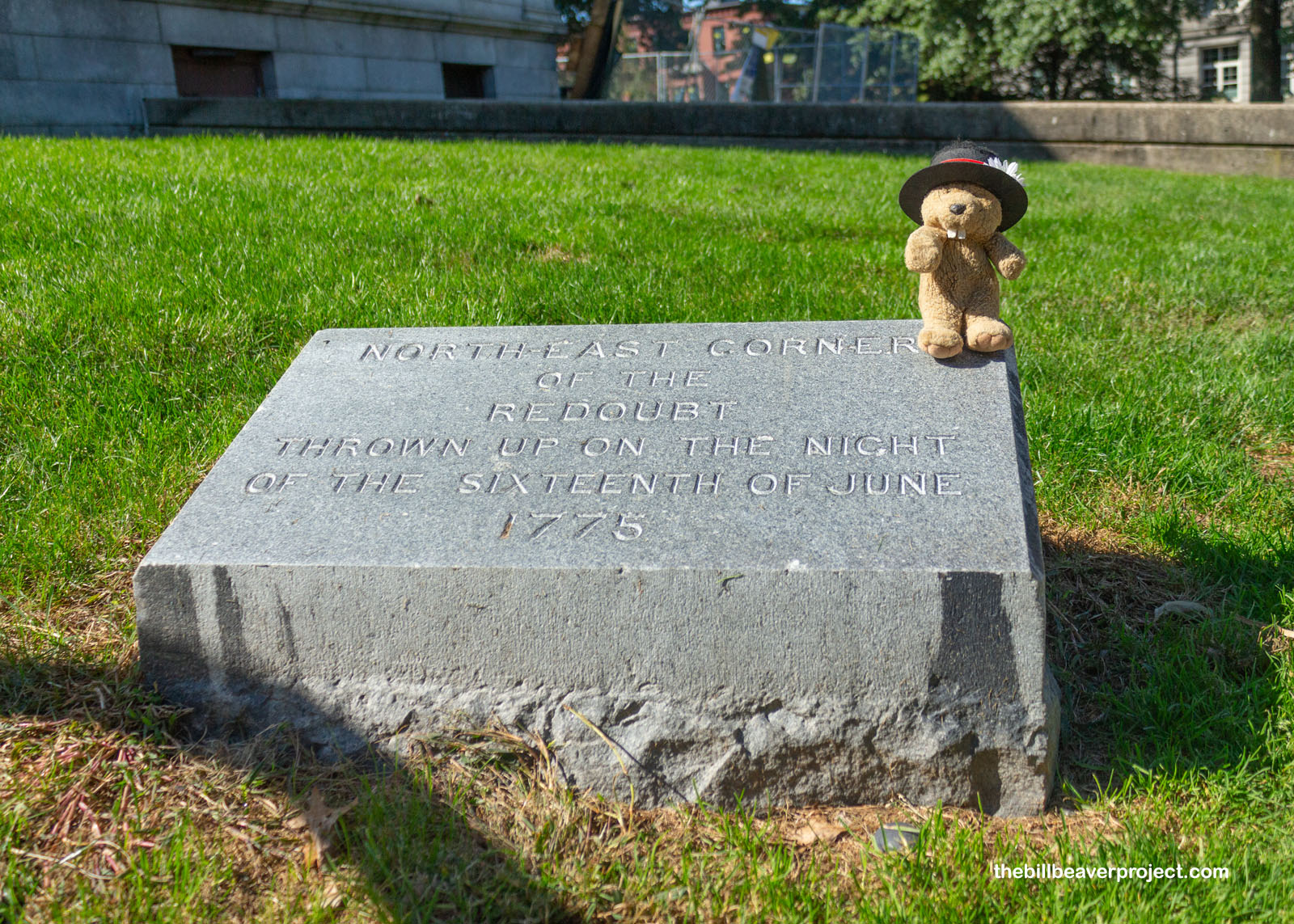 |
So how did all this begin, you might ask? Well, a lot of it boiled down to taxes. The British Empire had lost a lot of money fighting the Seven Years’ War against France, Spain, and India, so to make up the loss, they started taxing and taxing and taxing the American colonies, from the Sugar Act of 1764 to the Coercive (or Intolerable) Acts of 1774. Since the colonists had no representative in Parliament when these taxes were raised, it ticked off a lot of folks (“No taxation without representation!”). That led to the organization of the First Continental Congress, which agreed to boycott British goods and organize colonial militias, chiefly those who would come to be called the Minute Men!
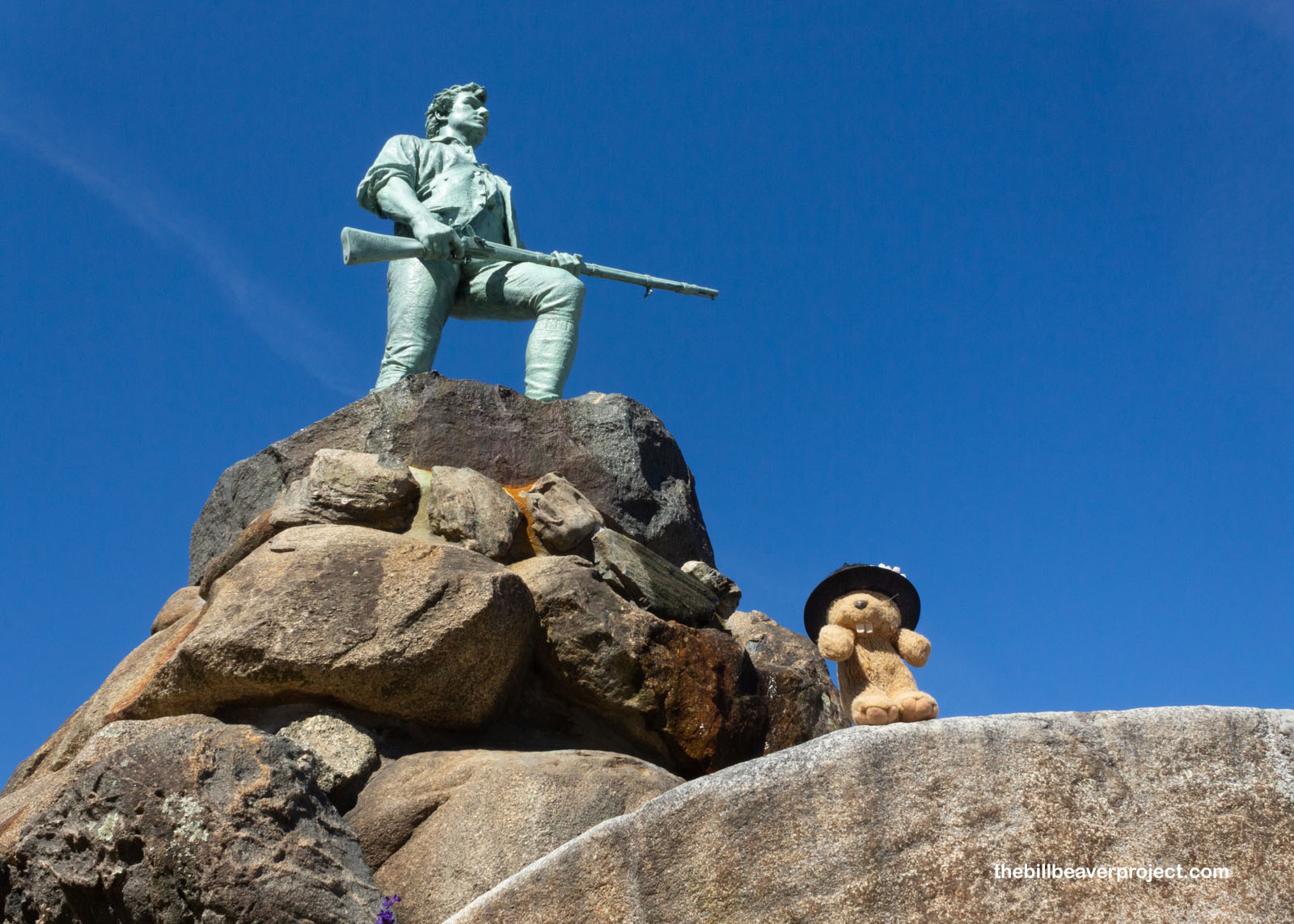 |
These Minute Men got their first taste of action in Lexington, about 13 miles northwest of Boston and two months before the Battle of Breed’s Hill! Why Lexington? Well, that’s where Samuel Adams and John Hancock had fled when they heard of a plot to disarm all the local militias and capture their leaders. And they could’ve gotten away with it too, if it weren’t for three pesky horse riders!
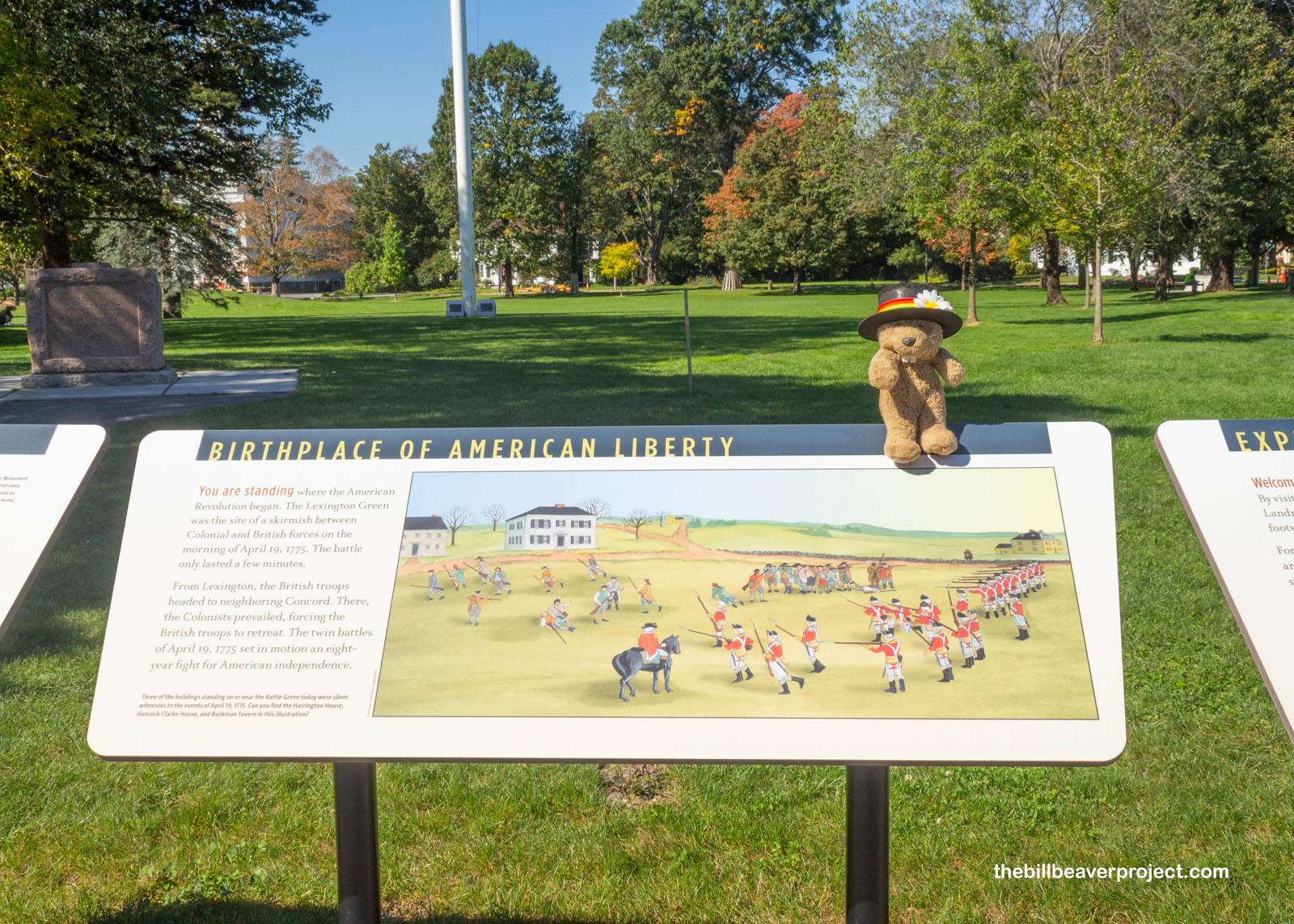 |
Today, Lexington Green, where the British first fired upon the Minute Men, is a lot more peaceful, a manicured park surrounded by monuments marking the location of an old belfry and a roster of local pastors from 1692 to 1846!
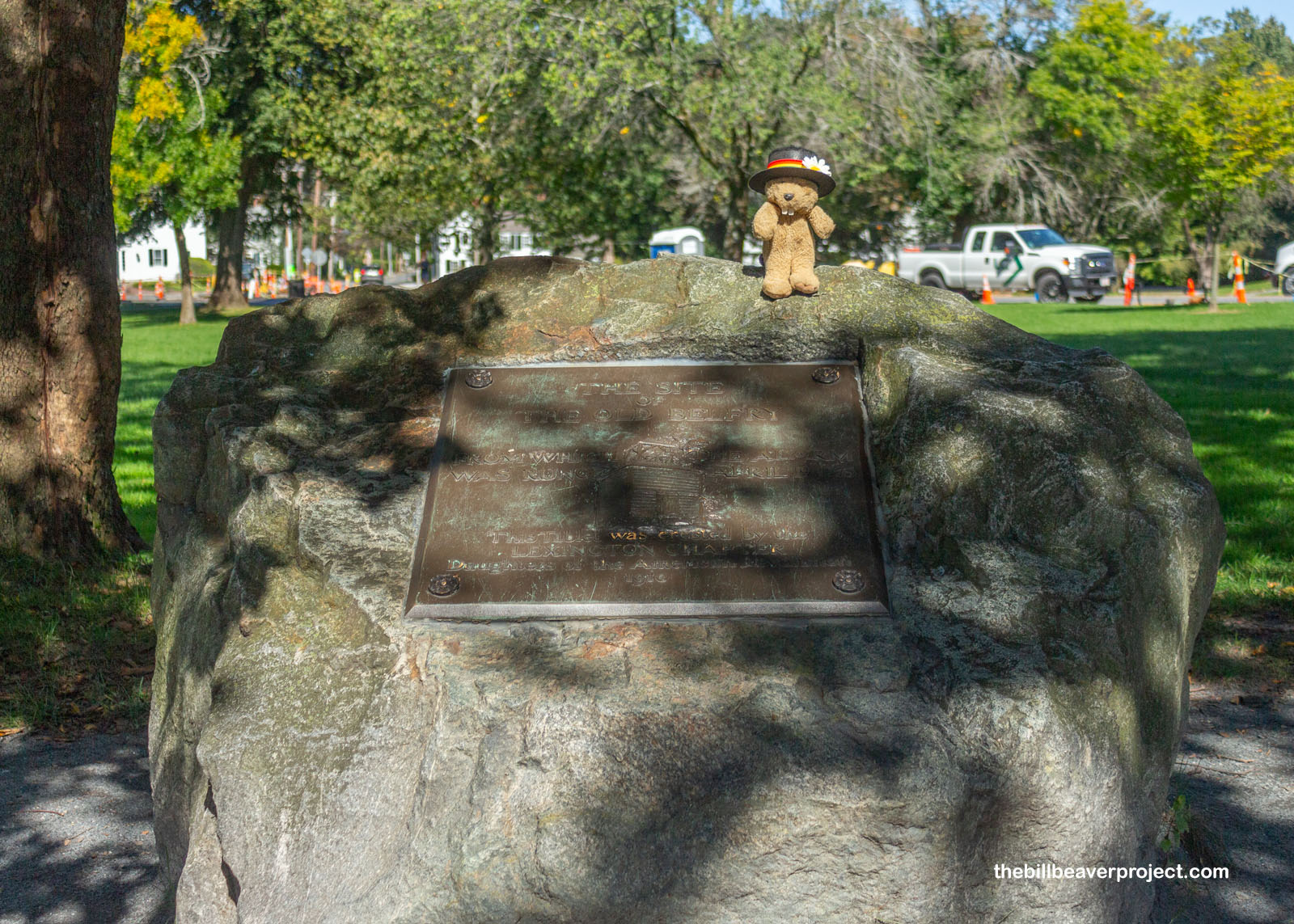 |
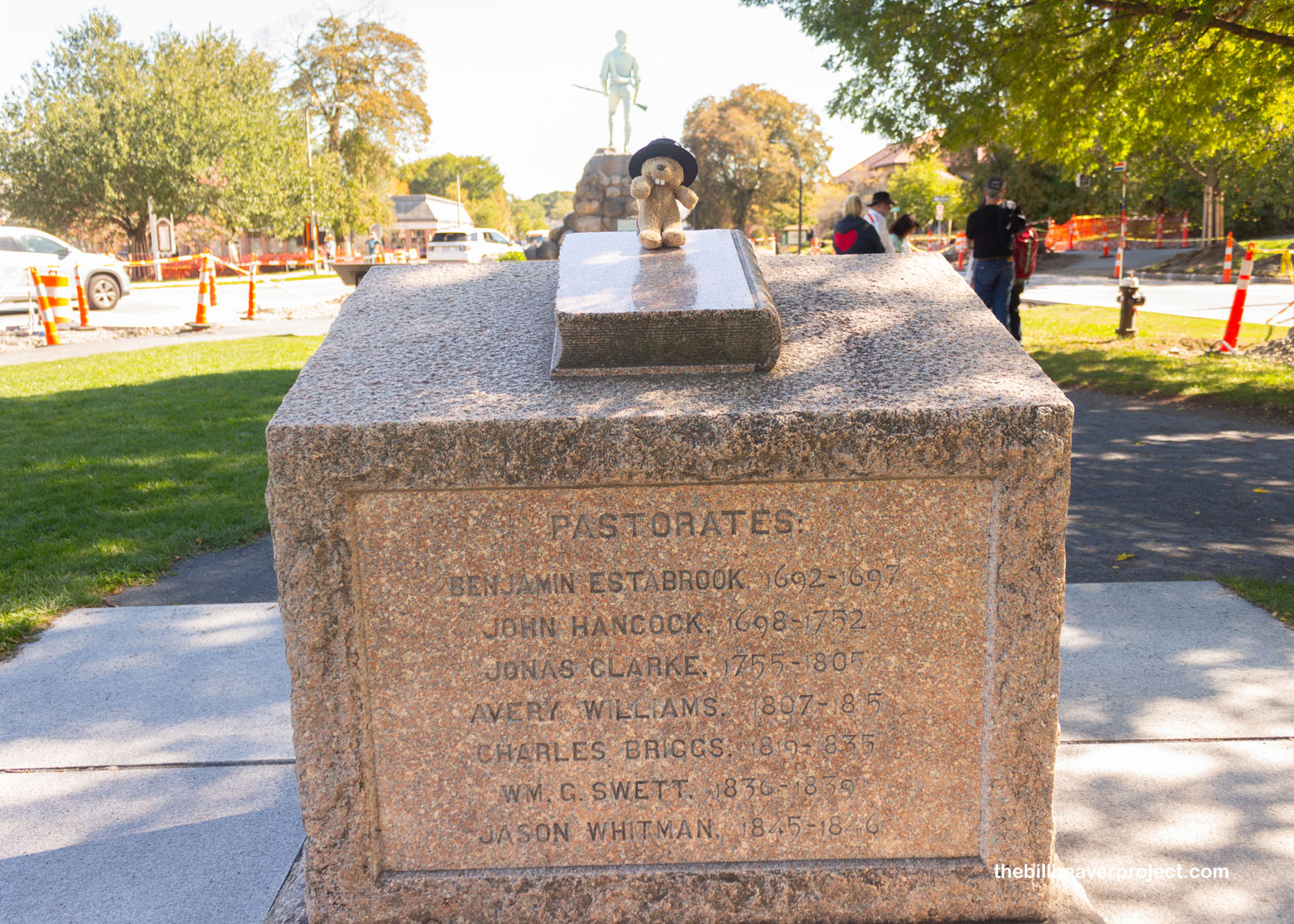 |
But even pastoral Buckman Tavern, a Lexington social spot since 1710, was embroiled in revolutionary warfare. After all, this was where the Minute Men gathered the morning of April 19, 1775 to await the arrival of the British forces! How had the secret measure gotten leaked? Well, there’s some speculation that Margaret, the wife of British Royal Governor, Thomas Gage, leaked it herself, having been born in New Jersey! From there, the word raced out of Boston on horseback, as the likes of William Dawes, Samuel Prescott, and Paul Revere saw to it that the war supplies stockpiled at Concord would stay safe and ready for revolution!
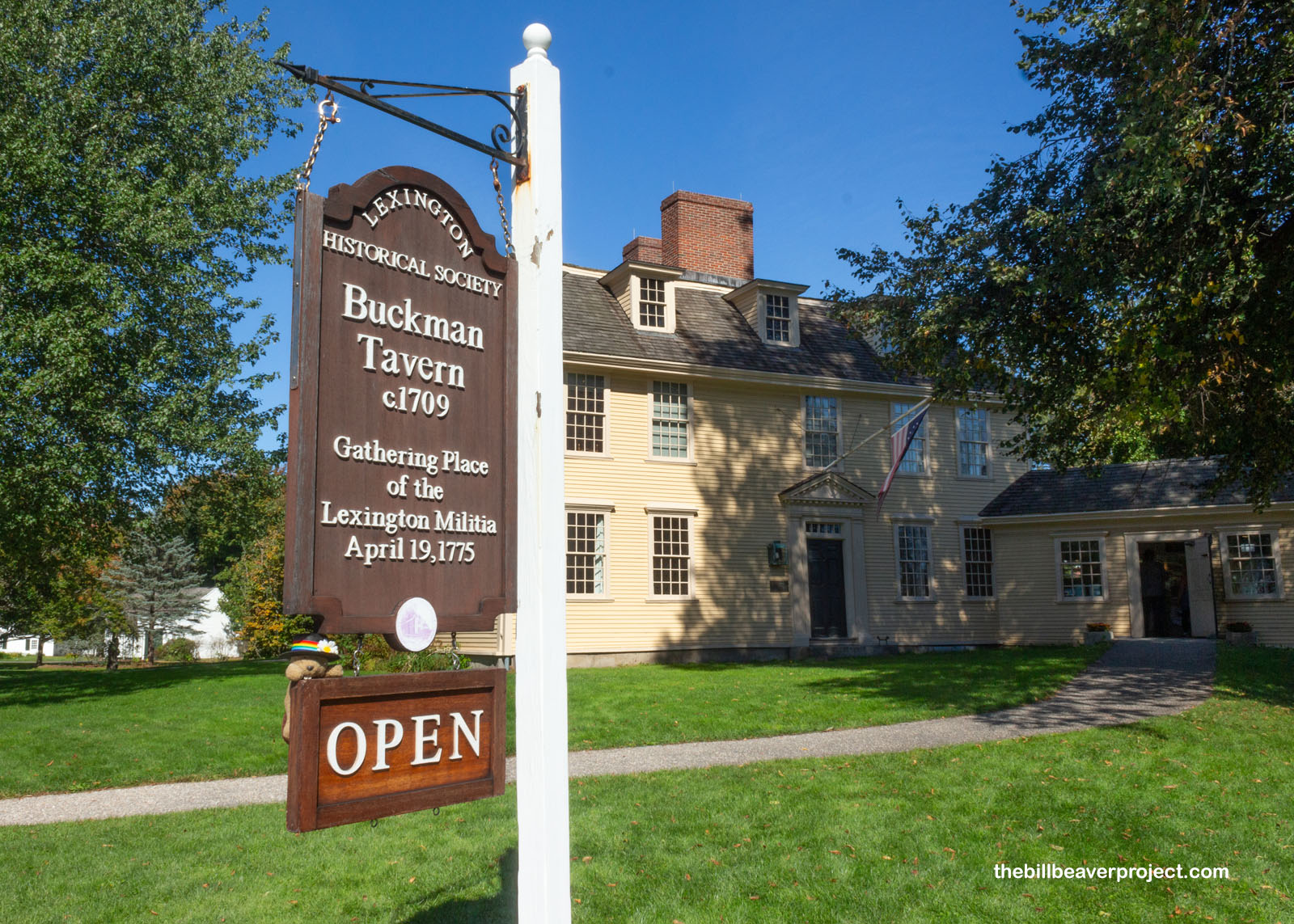 |
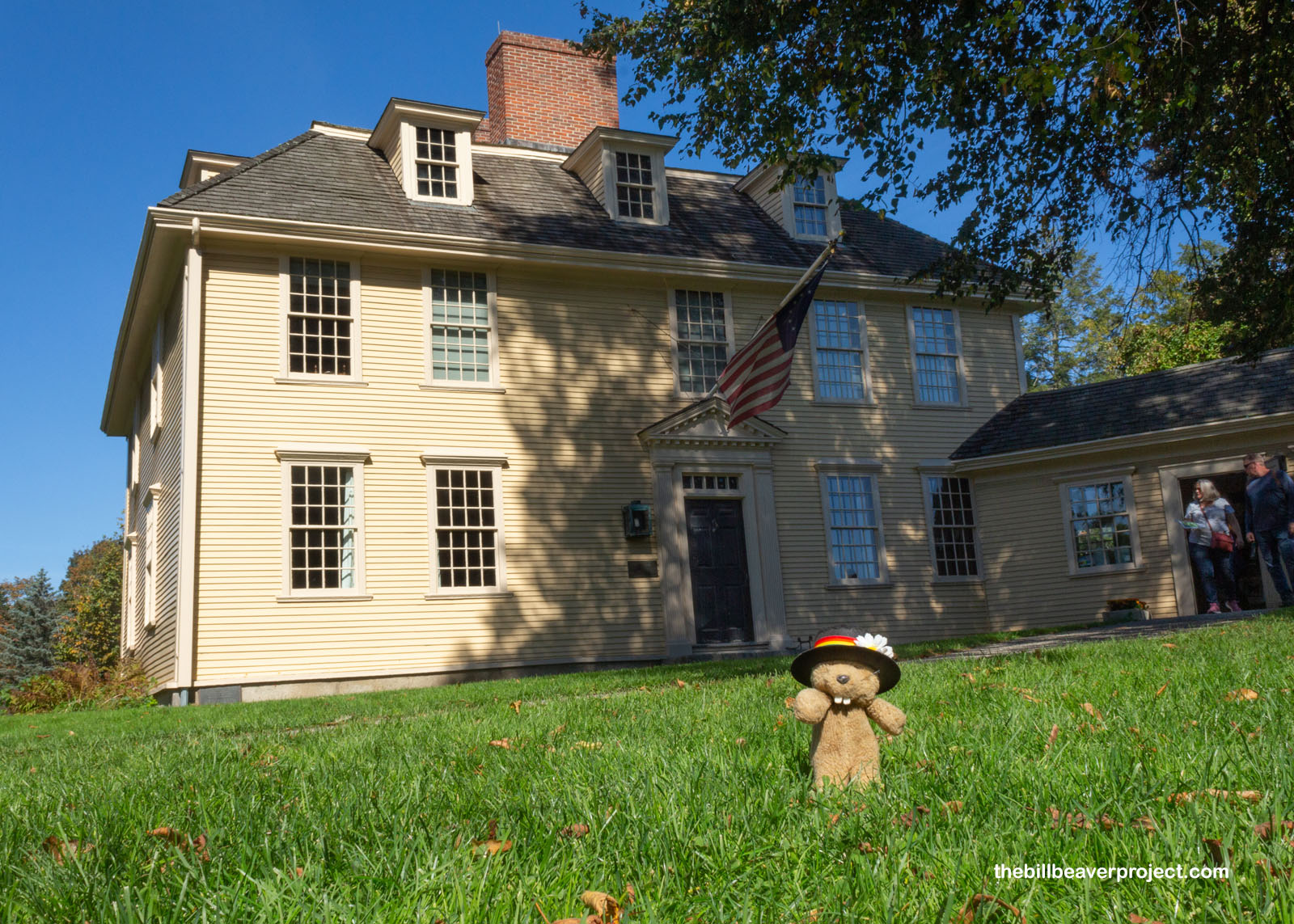 |
These legendary midnight rides gave the Minute Men time to evacuate their leaders and gather their forces! They’d trained to be ready with very little warning, which is how they got the nickname “Minute Men!” About 70 of them were ready at 5:00 AM on April 19th when the Brits arrived in Lexington, including an enslaved fellow named Prince Estabrook, who was wounded when the first shots rang out, by accident and without order! This first line didn’t stand a chance against the British ranks, but it was little more than a distraction to give the other Minute Men time to act. The huge British force moved quickly through, thinking it would be so easy all the way to Concord.
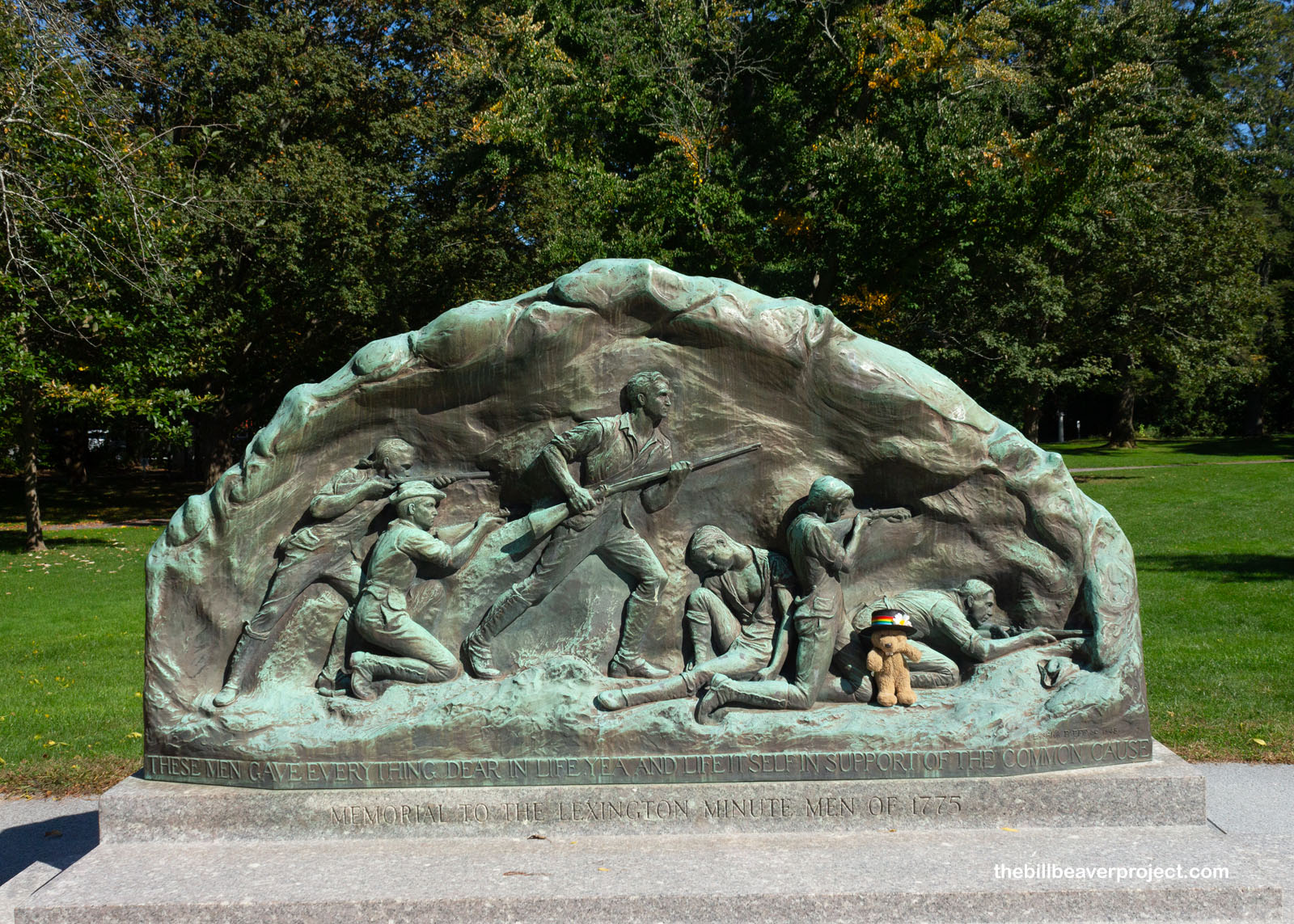 |
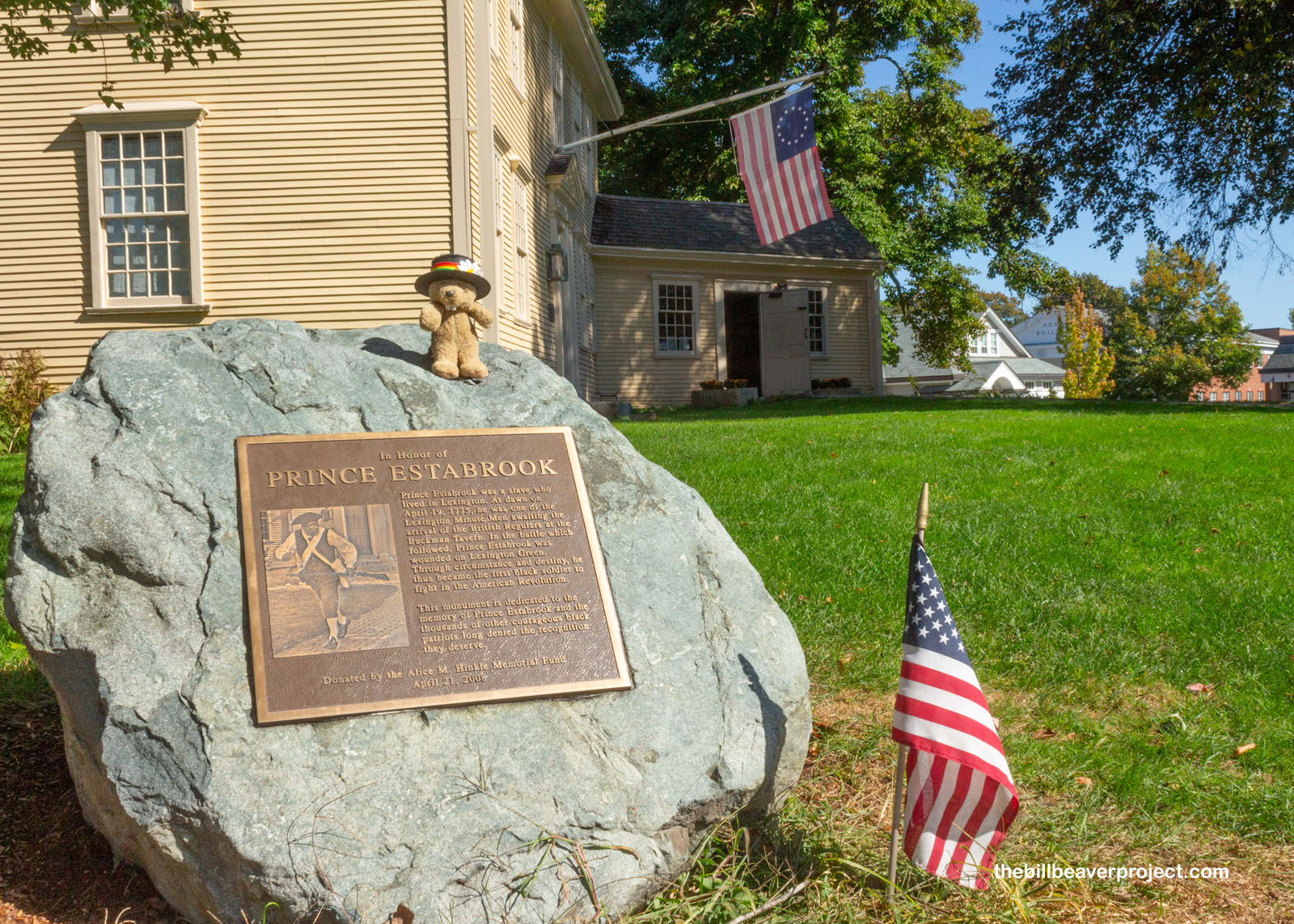 |
Mr. Estabrook was lucky enough to make it through, but eight Minute Men did not, like Jonathan Harrington, whose house stood at the northwest corner of Lexington Green. His story says that, after he was shot, he crawled back home to die in his wife’s arms!
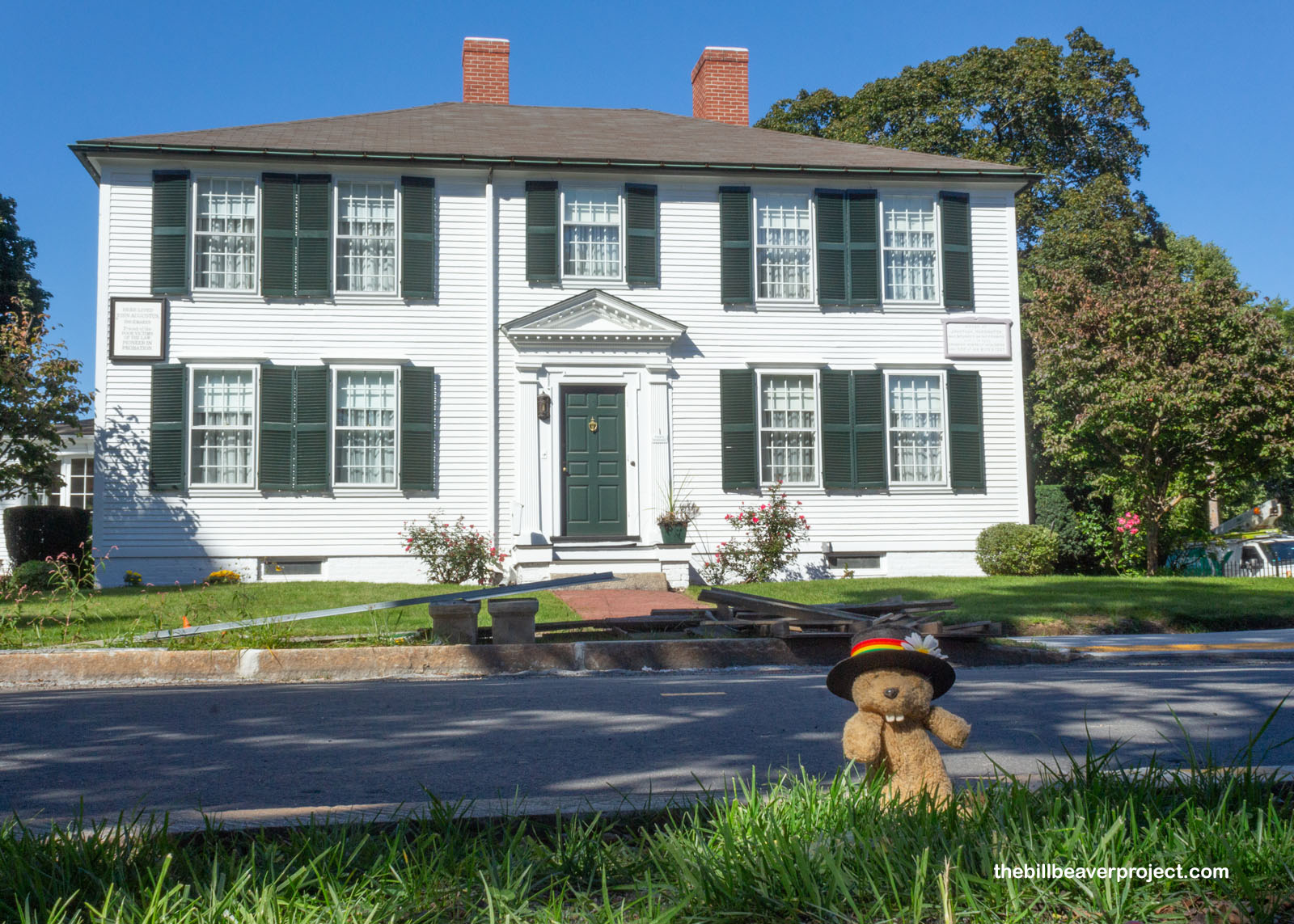 |
The British didn’t lose a single soldier at Lexington, but little did they know, the delay would be a costly one! Thousands of Minute Men were riding in from across the countryside to defend Concord, setting up what could be described in so many ways as a powder keg!
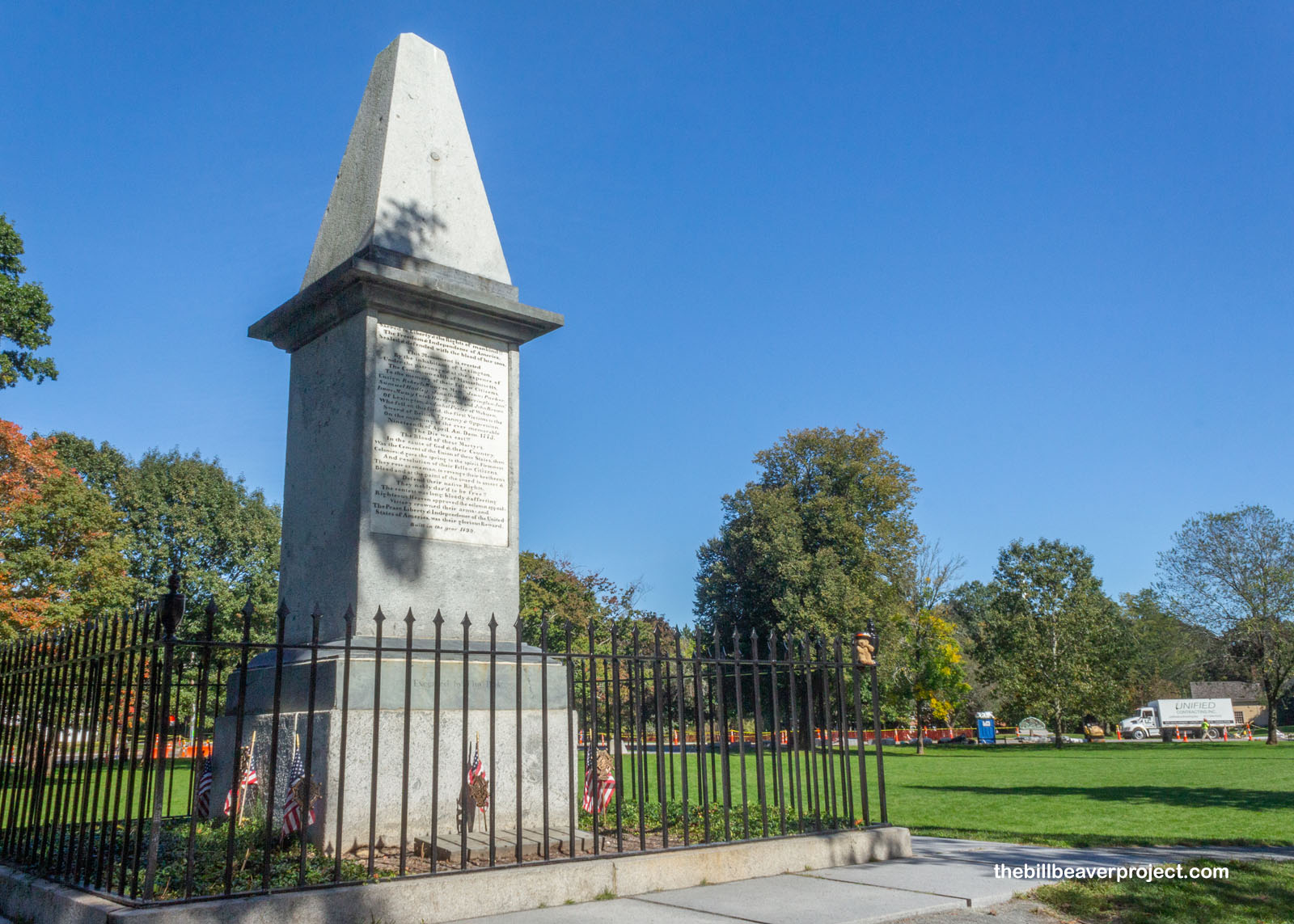 |
The story of this climactic moment in American history is on display at Minute Man National Historical Park, spanning about four miles of the historic Bay Road between Lexington and Concord, plus a number of surviving “witness houses” that made up the roadside community during this first battle of the Revolution!
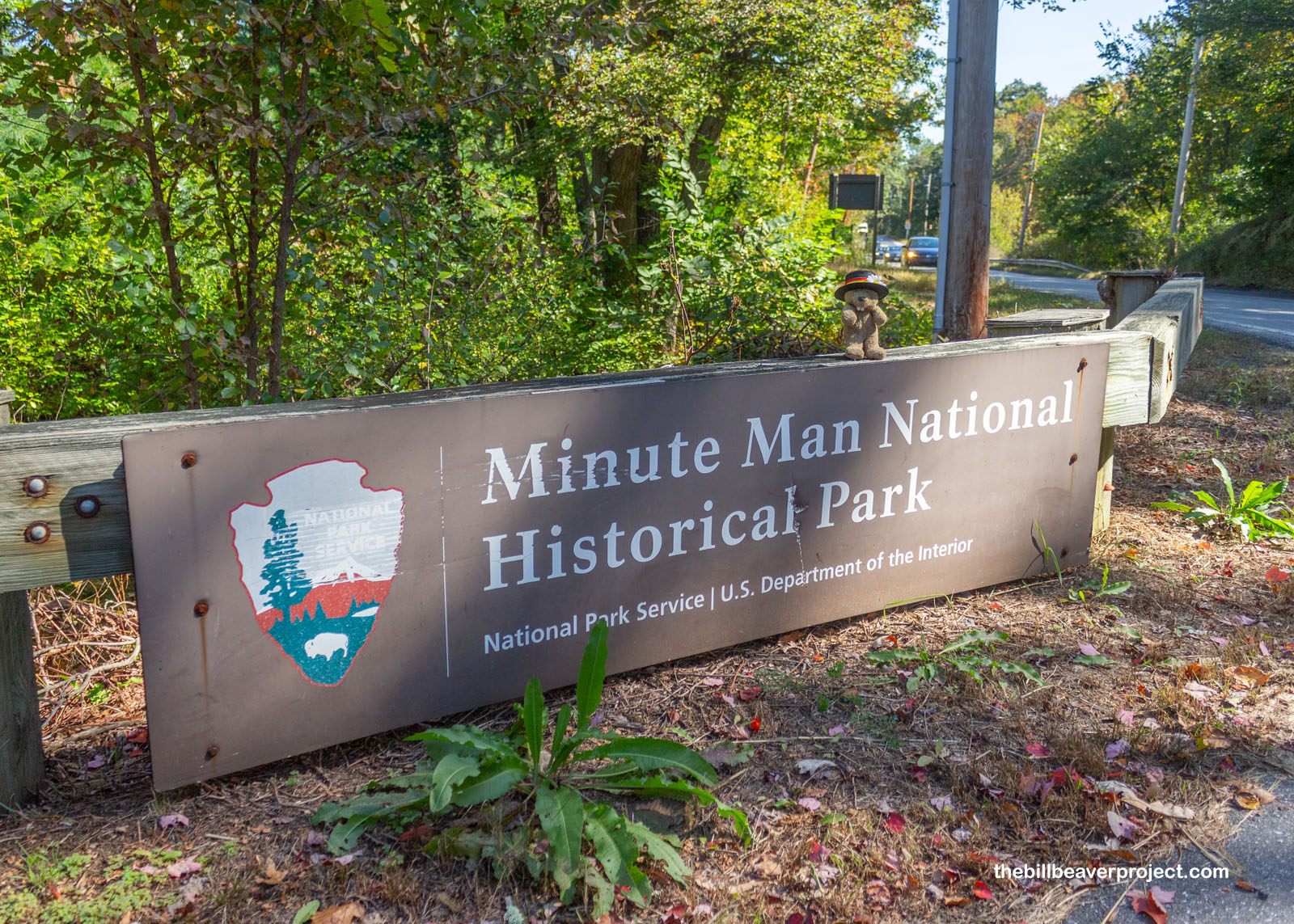 |
The park’s only witness house within the boundaries of Lexington is the former home of Jacob and Elizabeth Whittemore. While shots were being fired all around their home, the Whittemores had the tricky task of evacuating their daughter and her brand spanking new baby! Luckily, the family made it through!
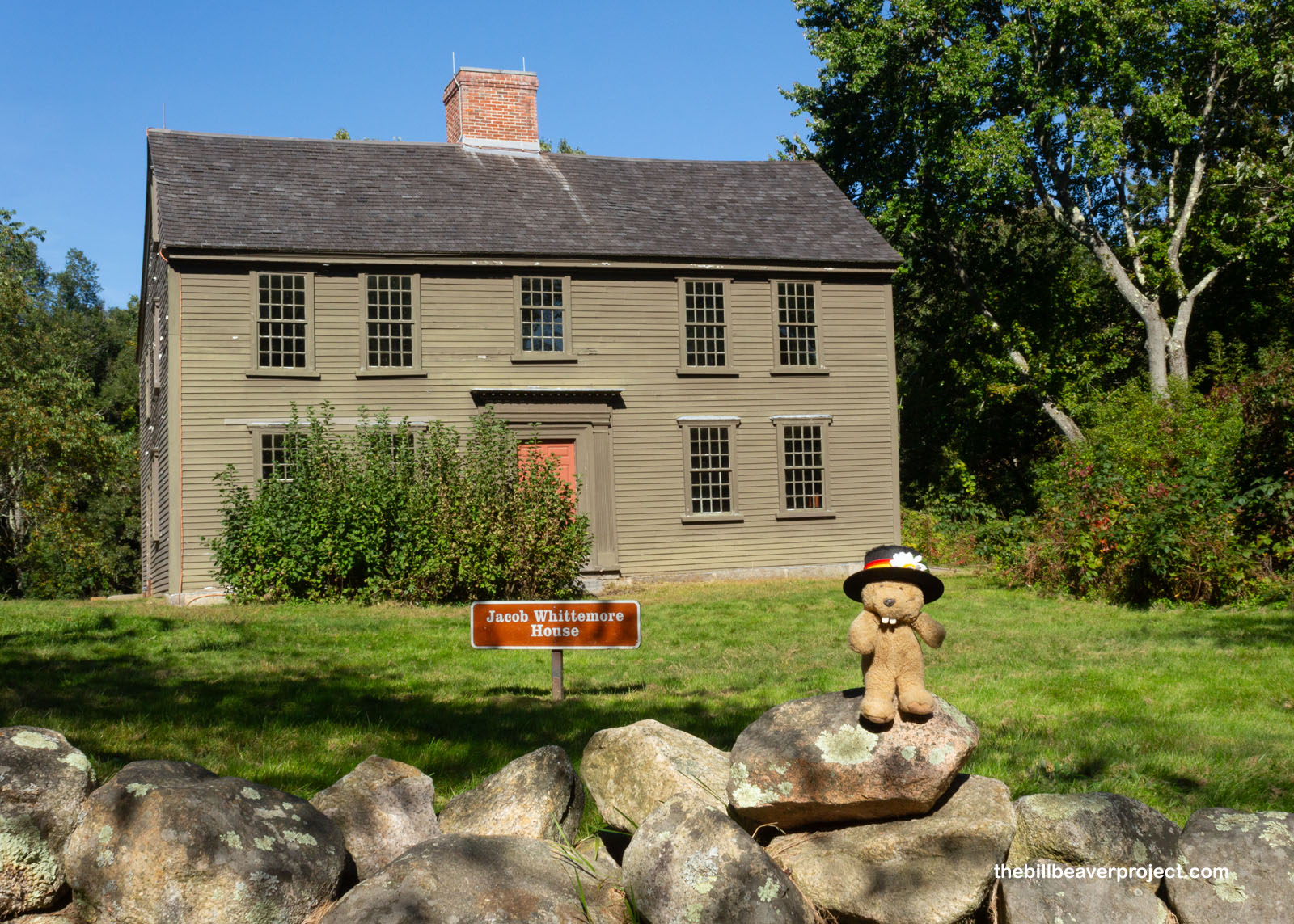 |
From there, the British troops continued their march down Bay Road (now the Battle Road hiking trail and bike path), all the while thinking they were en route to break up an unruly mob, completely clueless of what awaited!
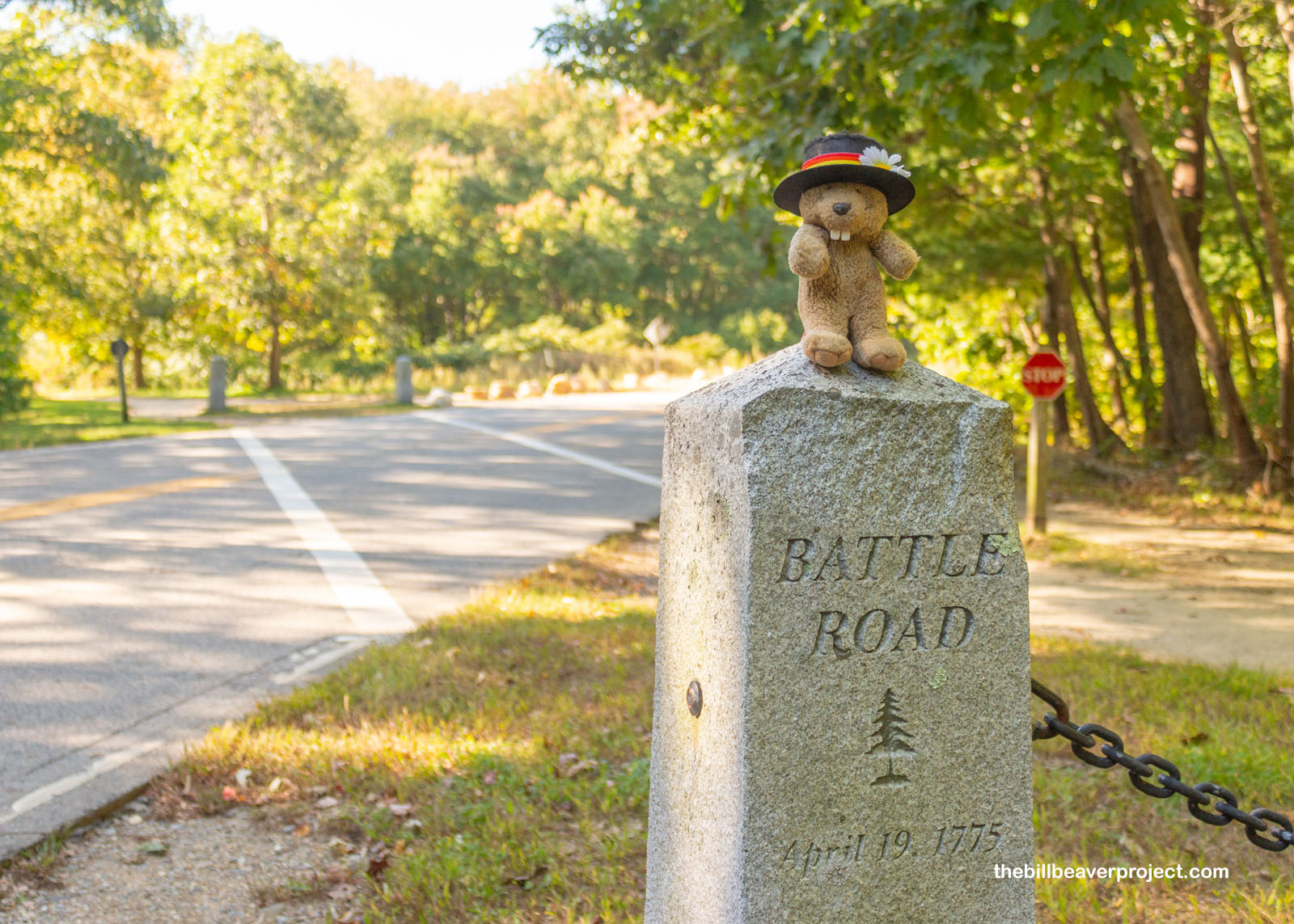 |
After all, British scouts had captured Paul Revere at this spot before he could make it to Concord, and William Dawes had ridden back to Lexington! But it was a third rider, Samuel Prescott (no relation to Colonel William), who completed the journey to Concord, where he roused the Minute Men ahead of the British arrival!
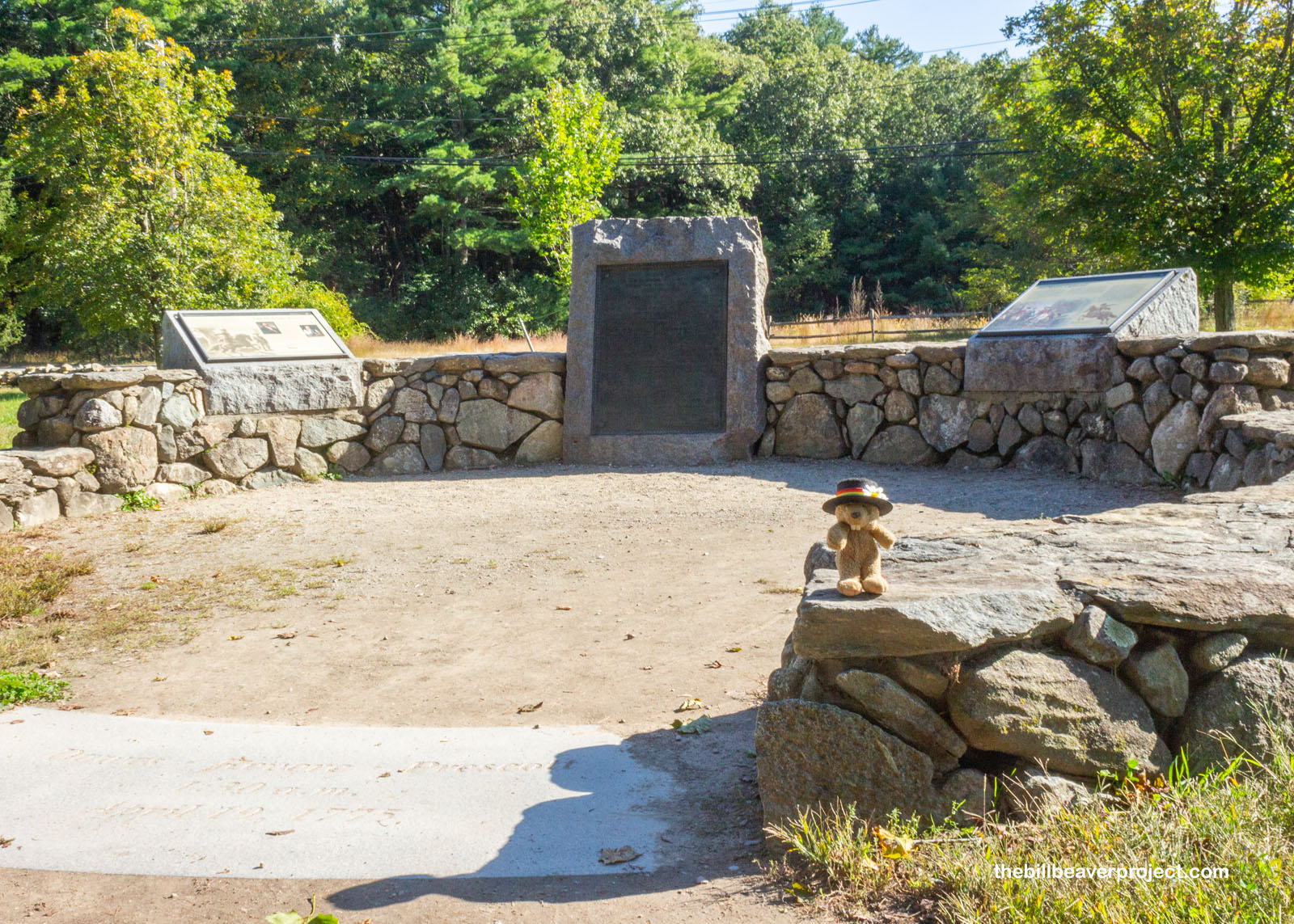 |
Folks who weren’t necessarily on horseback raised the alarm too, like Captain William Smith, who lived here with his wife, Catherine, their three kids, and an enslaved man named Cato. Captain Smith raises the alarm around town when the troops were approaching, and the Smith family actually cared for a wounded British soldier for three days until he died.
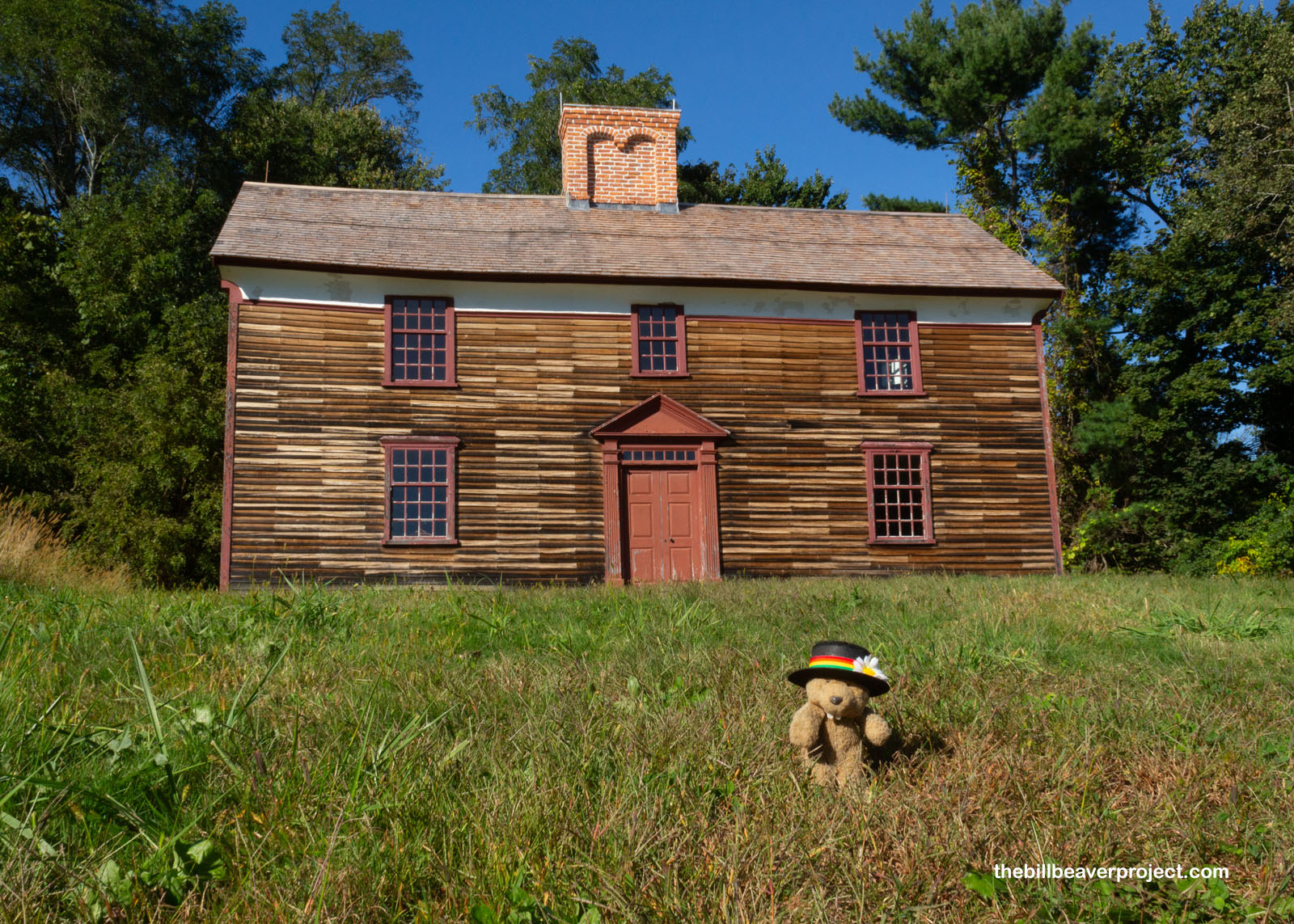 |
The Smiths’ neighbors, Samuel & Mary Hartwell, gave some of the most detailed accounts of the British march through these woods, and you might think that their house looks the way it does today because of that conflict, but that’s not the case! Though Samuel Hartwell was a sergeant of the Lincoln Minute Men, their house survived the Revolution unscathed. What got it was an electrical fire many, many years later in 1968, after the house had been a restaurant for 40 years. Today, the chimney still stands under a canopy, much like Menokin in Virginia!
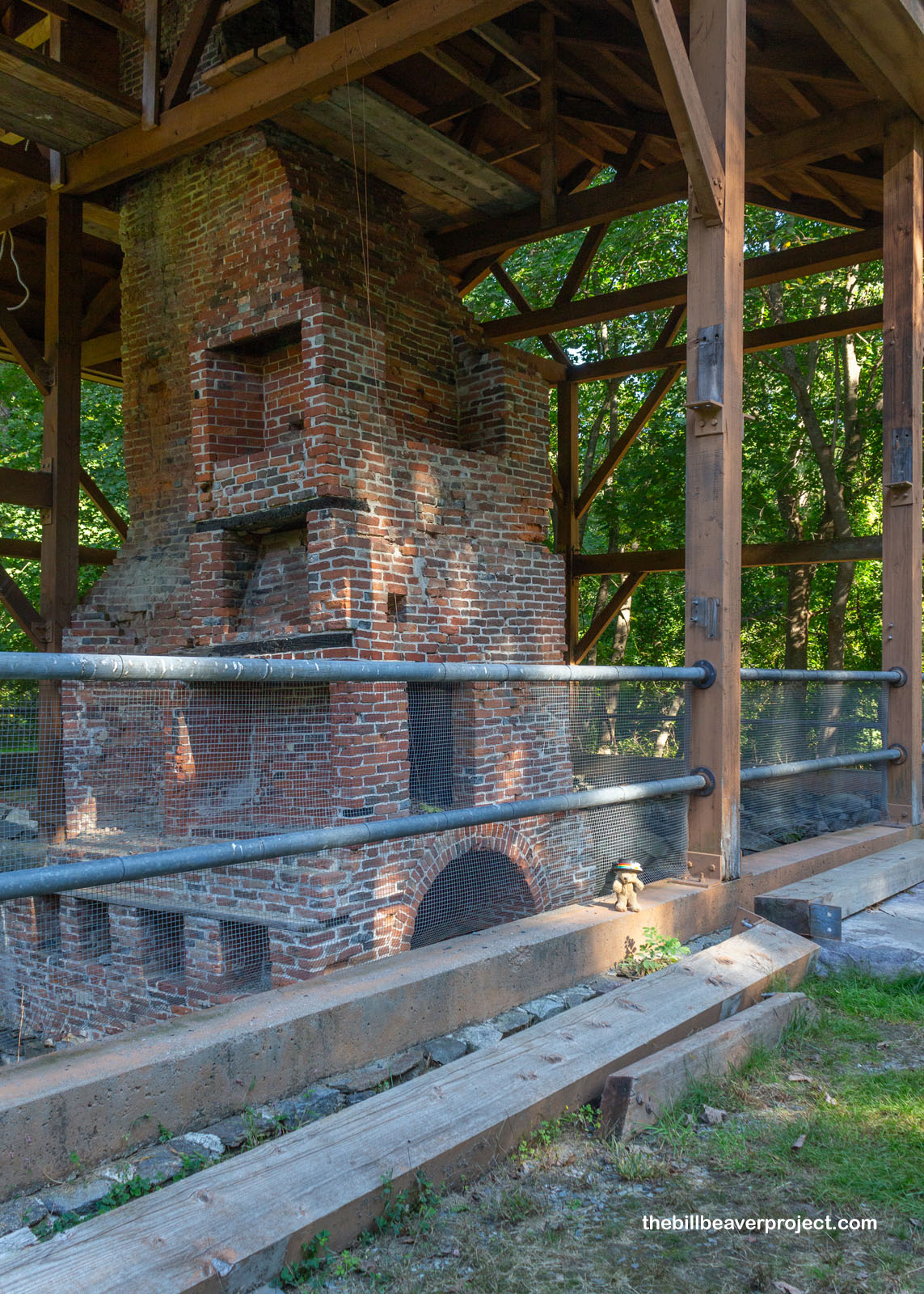 |
That house had originally been built by Samuel’s dad, Ephraim, who also ran the Hartwell Tavern, the spot where Dr. Prescott re-entered the road on his escape to Concord. The Hartwell family was one of the area’s wealthiest, but the money didn’t spare them the horrors of war! Three Hartwells served both as Minute Men and soldiers in the Continental Army, and as the British retreated from this particular battle, the Hartwells took up the gruesome task of burying the bodies that were strewn around their tavern.
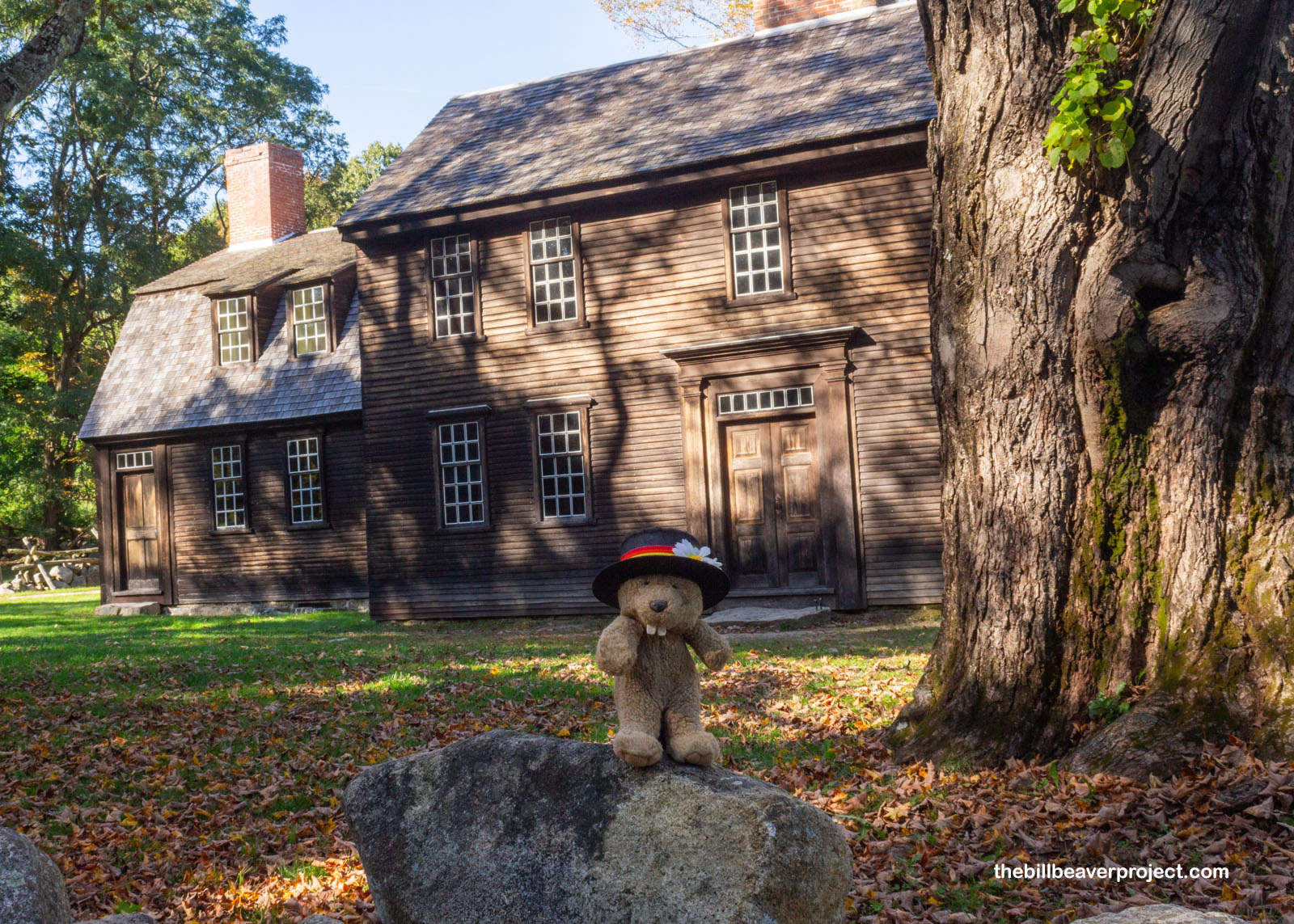 |
Not far away was an important crossroads on the Bay Road: Meriam’s Corner, named for Nathan Meriam. It was here that the Minute Men launched their first attack on the redcoats, who had, by this time plundered Concord of as much weaponry as they could find (not as much as they’d hoped to find) and were in retreat to Boston! But I’m getting ahead of myself! I hadn’t even gotten into Concord yet!
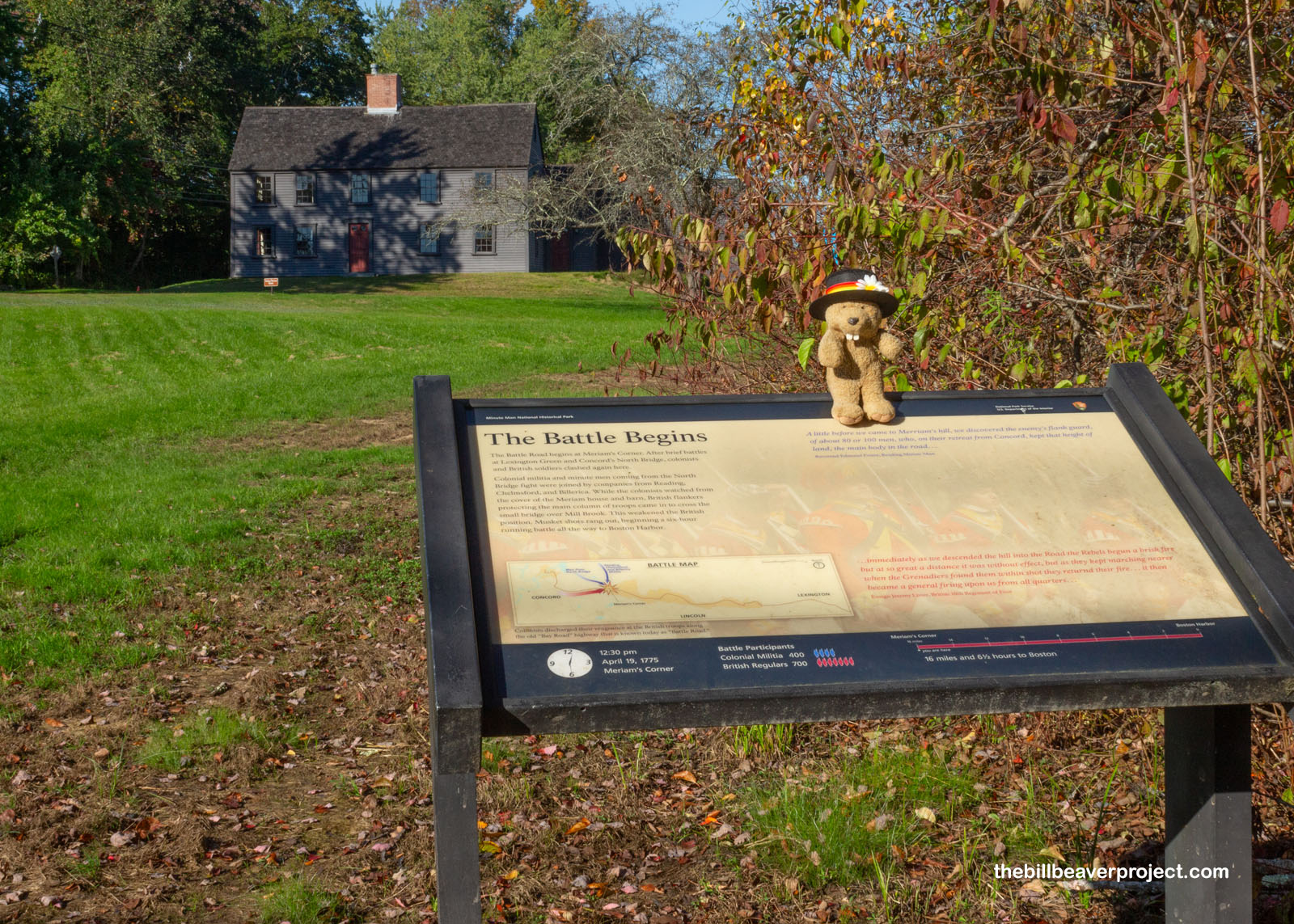 |
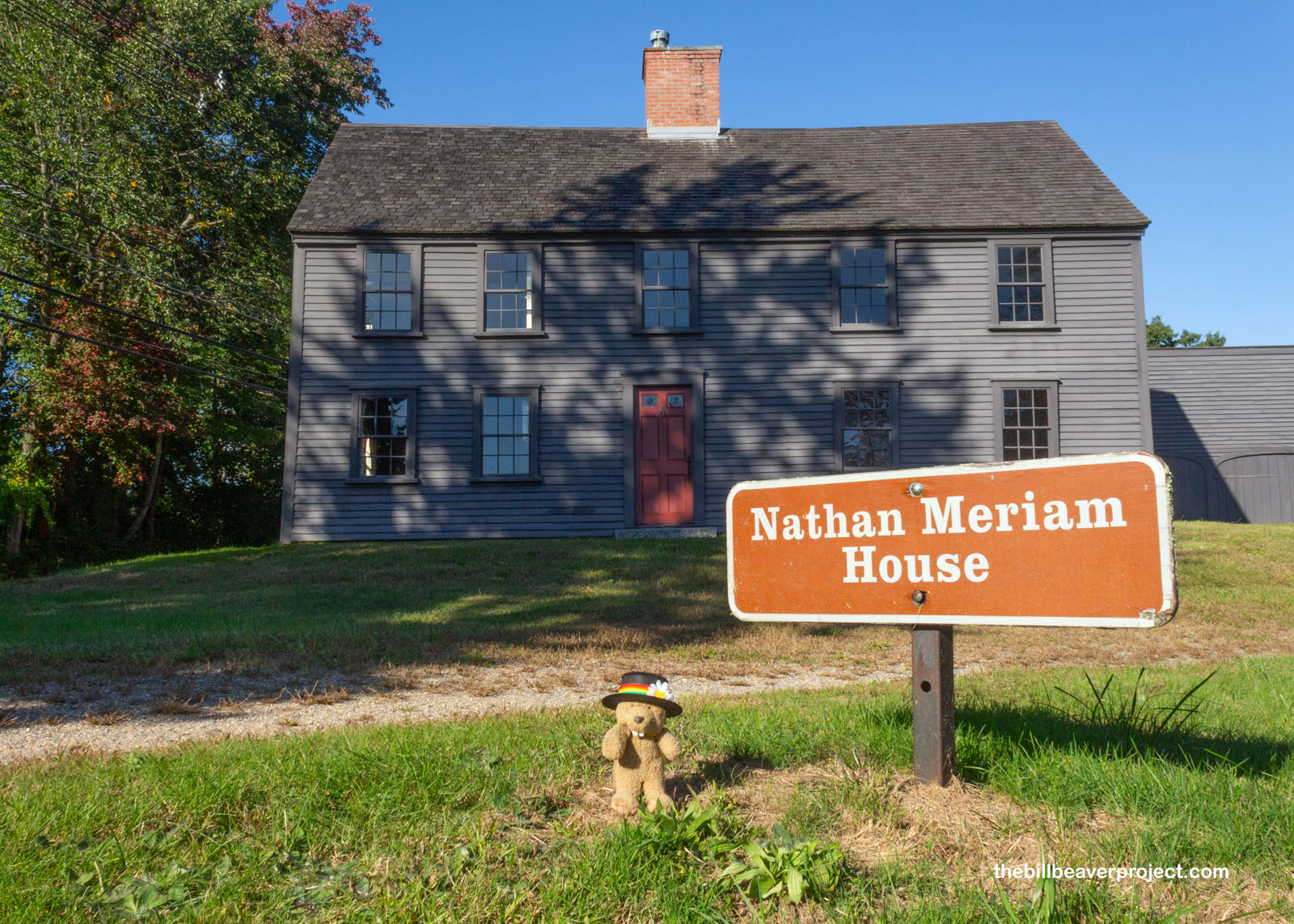 |
And Concord, if I might take a break from battle, was full of literary history! My goodness, the big names who had homes here! First up was The Wayside, which at the time of the Revolution, was home to the muster master of the Concord Minute Men. Later, it housed the Alcott family, especially Louisa May of Little Women fame. It passed to Nathaniel Hawthorne (The Scarlet Letter) in 1852, then the Lothrops in 1883. Harriet Lothrop (pen name Margaret Sidney) was renowned for her children’s books like The Five Little Peppers. Her daughter, actually named Margaret, was responsible for getting this place honored as a National Historic Landmark!
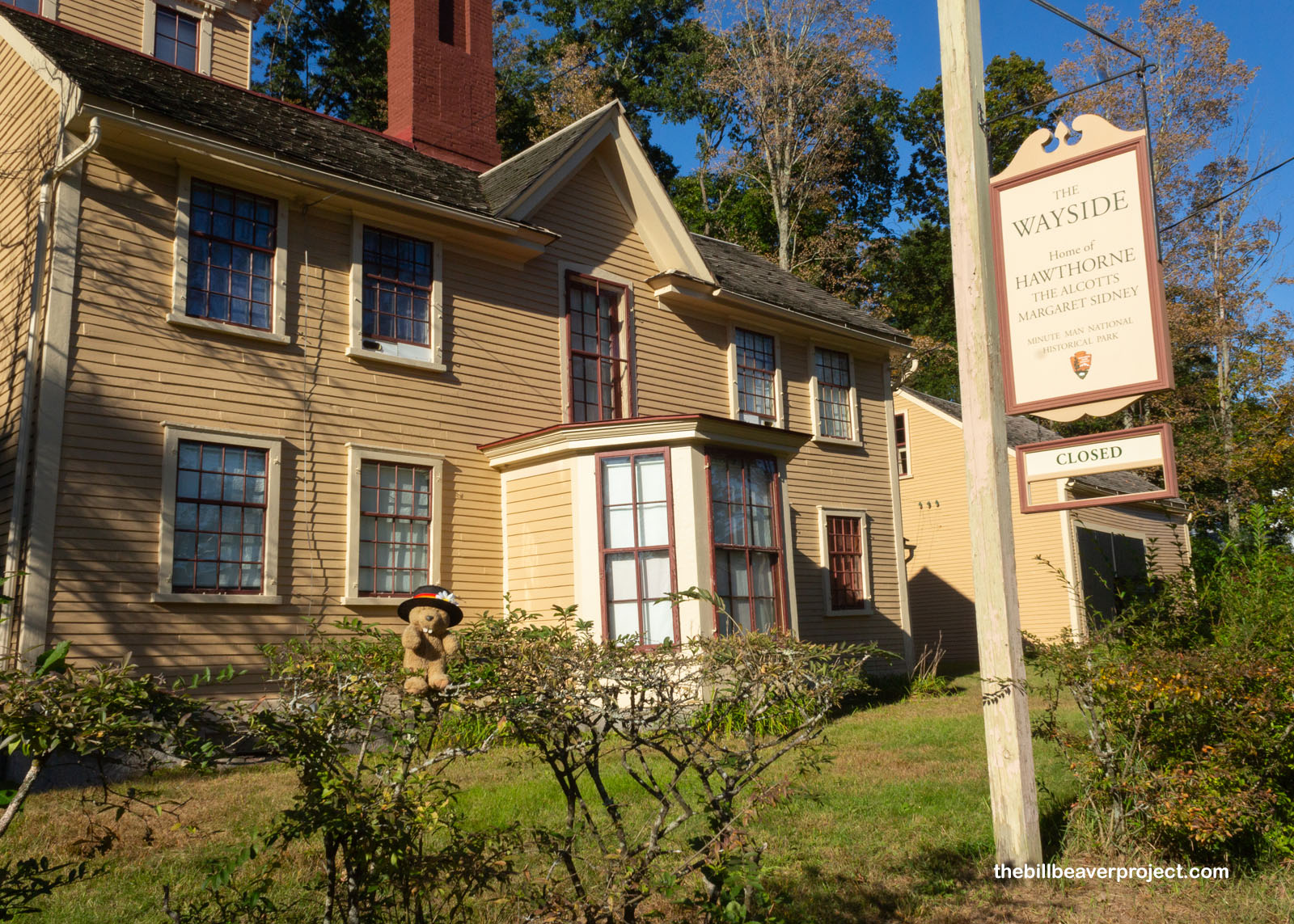 |
Practically next door was the Orchard House, where the Alcott family moved in 1857. Amos Alcott considered apples the most perfect food in the whole world, so the orchard of 40 apple trees surrounding it was a big selling point! That may also have been why, after moving a lot over the last few decades, this became their forever home. This house became the setting, and the family became the characters in Louisa May Alcott’s coming-of-age story, Little Women! She practically had the story written upfront, because when her publisher asked her to come up with a “girls story,” she hashed out the first 492 pages of her seminal novel in only three months!
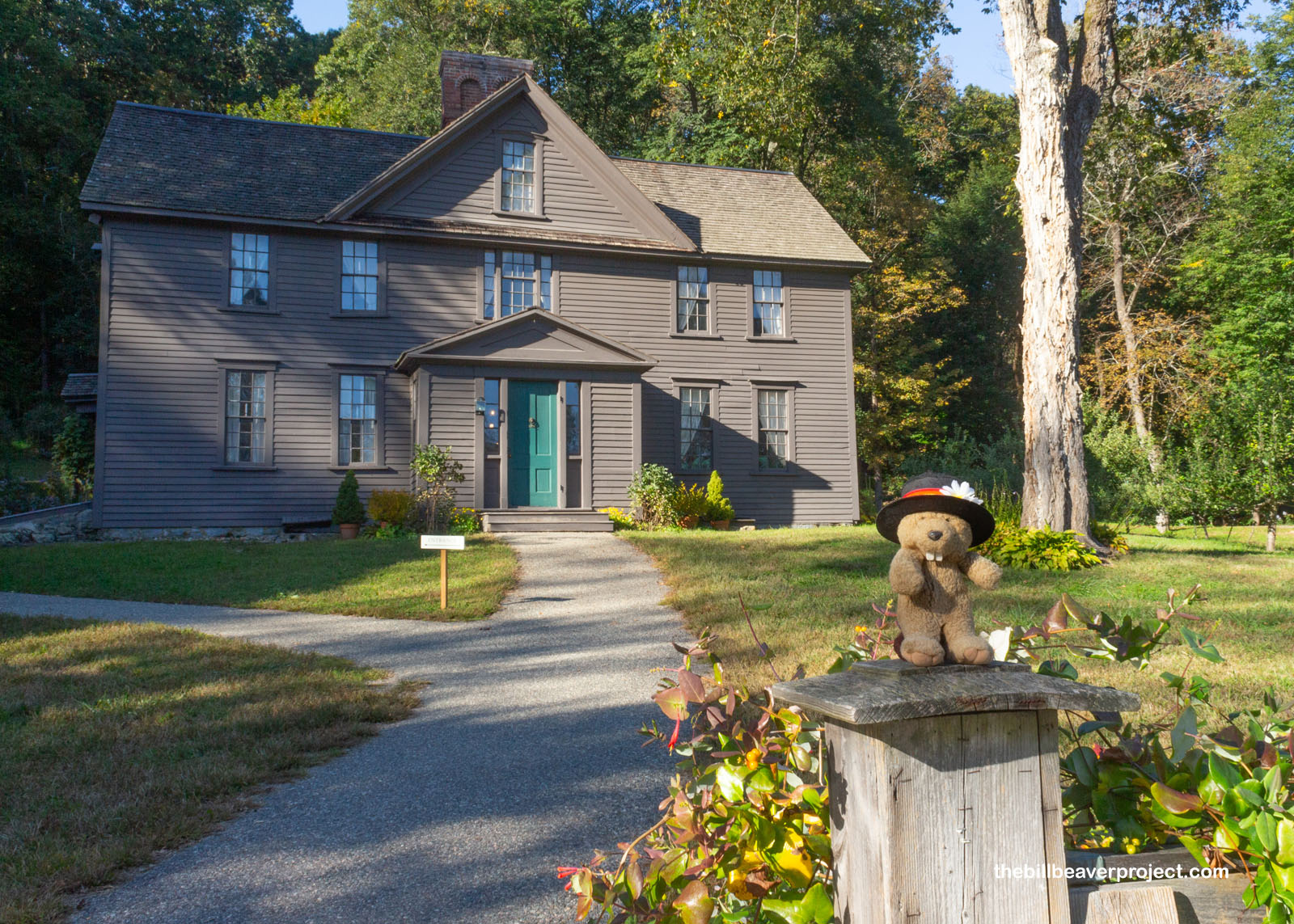 |
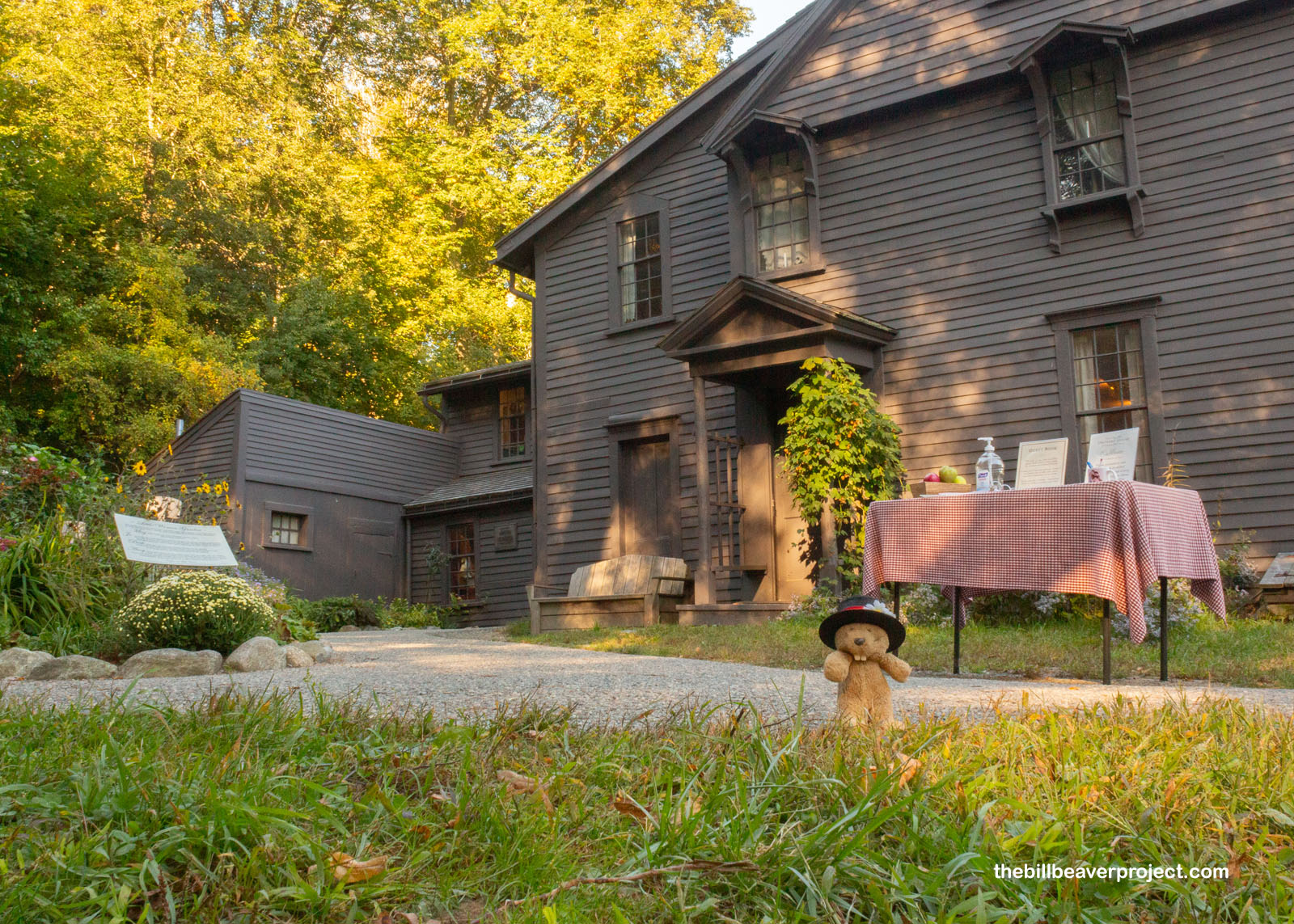 |
Ms. Alcott took a lot of inspiration from her neighbor, Ralph Waldo Emerson, who let her visit his library! “Waldo” and his wife, Lidian, were Concord residents for 47 years, and like the Alcotts, had a fondness for fruit trees—apples, pears, and plums! From here, the famed writer and philosopher also cultivated his long friendship with Henry David Thoreau, who I’ll learn more about tomorrow. First, though, back to war!
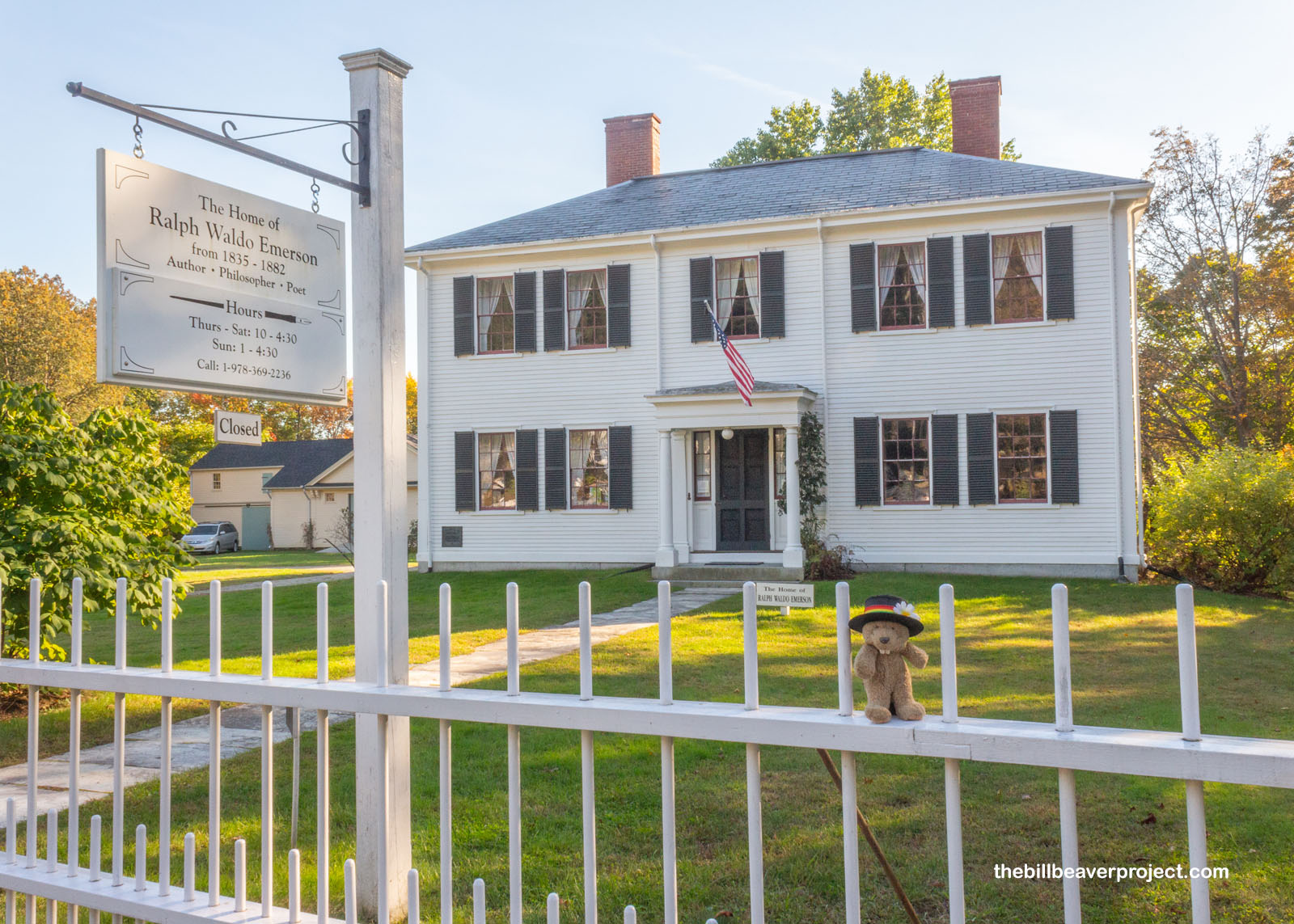 |
Today, the gardens surrounding the home of Major John Buttrick are as peaceful as can be, but on April 19, 1775, they were anything but! The British were searching Concord very politely, which meant paying for food and putting out fires they started. But their politeness was their downfall, because the townsfolk could use it to distract them. For instance, Mrs. Rebecca Barrett distracted a group of them with breakfast, which kept them from inspecting the home of their neighbor, James Chandler, who’d stockpiled kegs of gunpowder there!
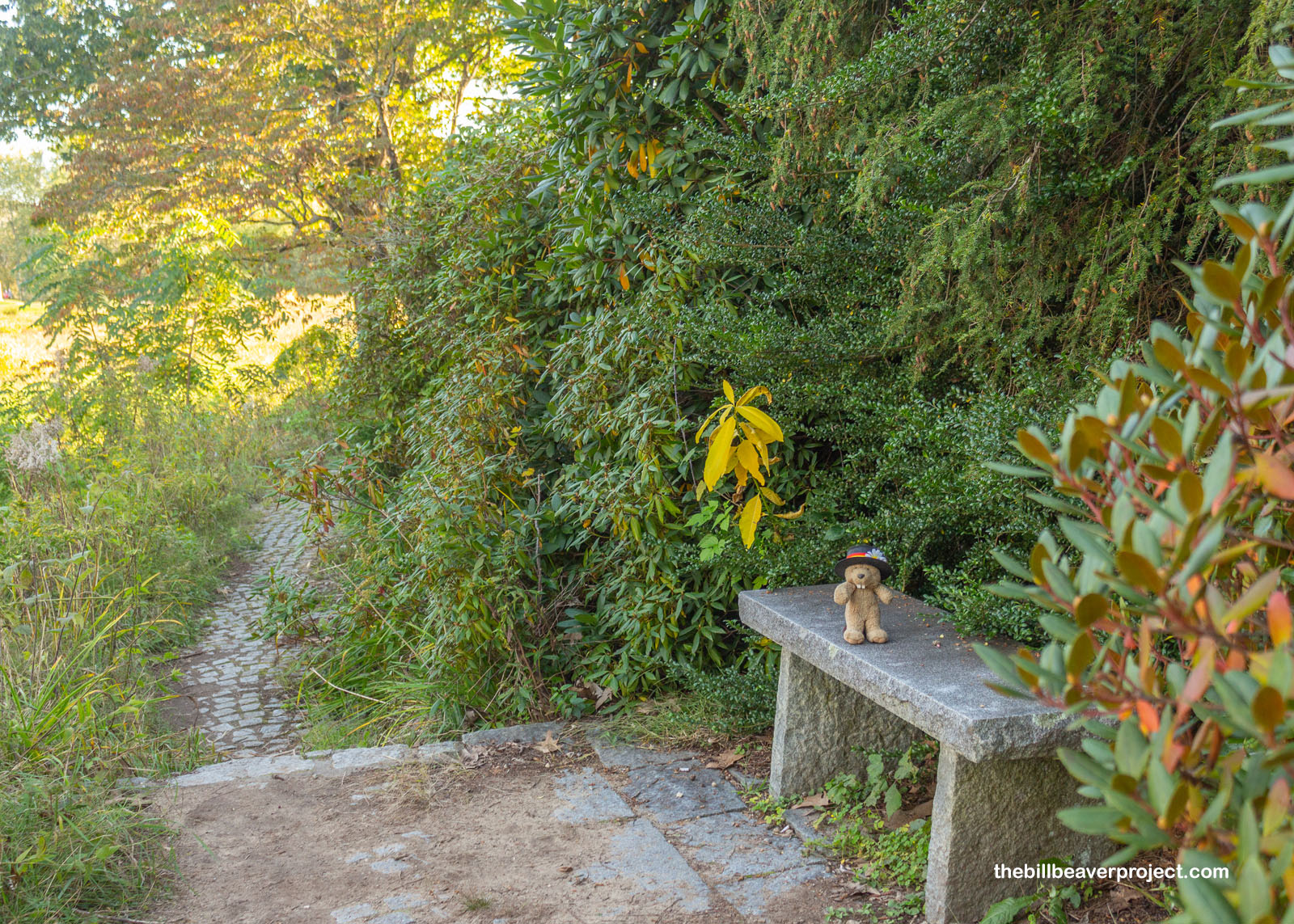 |
All this silliness aside, it was just south of the Buttrick house that the “Shot Heard ‘Round the World” rang out! See, after deciding they’d secured the center of Concord, British Colonel Smith ordered soldiers to secure both bridges leading into town from across the Concord River. After securing the South Bridge, they were ready to move on to line up on the North.
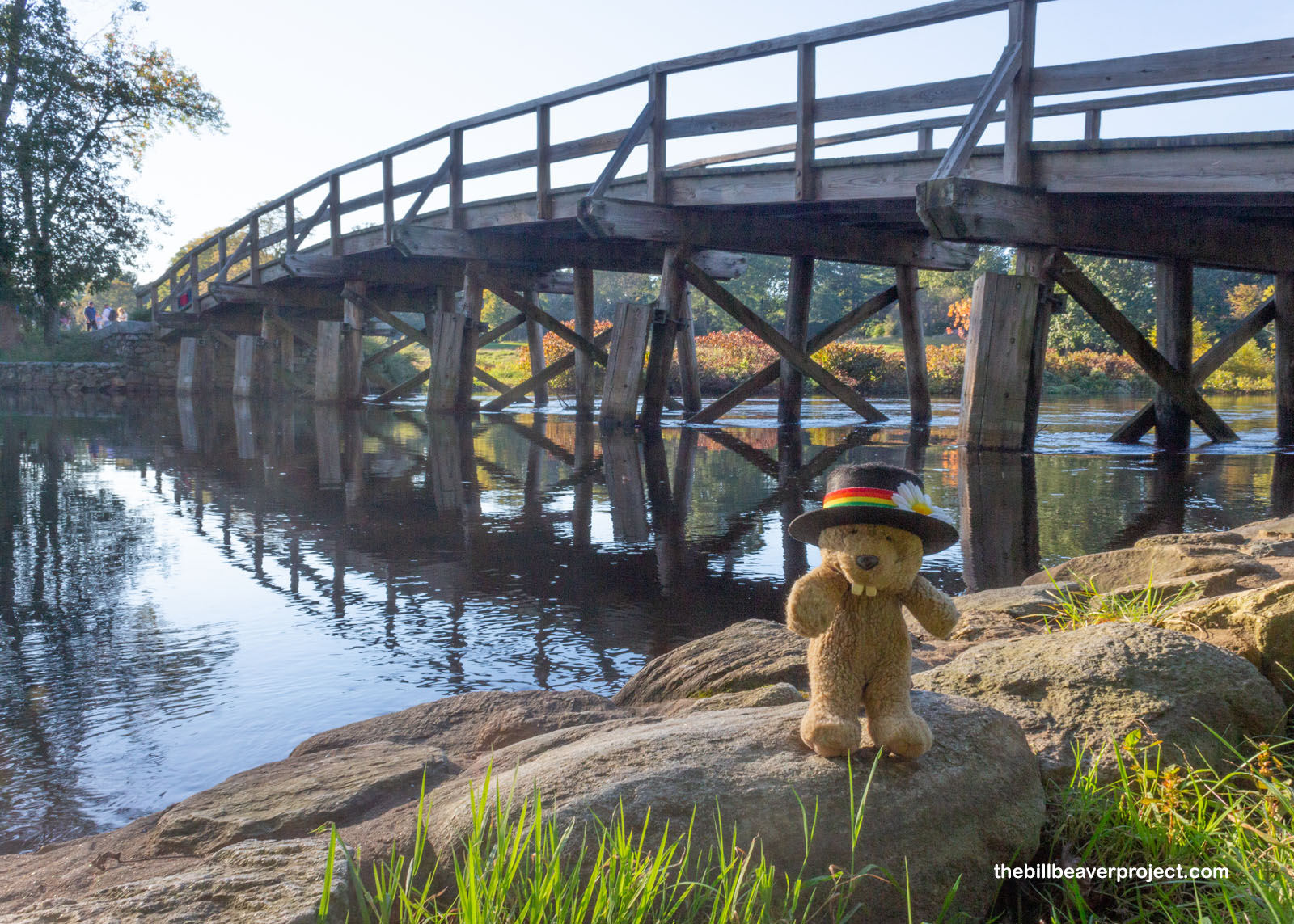 |
When the British accidentally set fire to one of the buildings in town while destroying ammunition, it encouraged the Minute Men to move into position at the North Bridge. As they did, in a well-drilled formation, the British troops were taken aback! This wasn’t some ragtag team of farmers; these were 400 trained soldiers marching toward 96 redcoats, with more men arriving every minute!
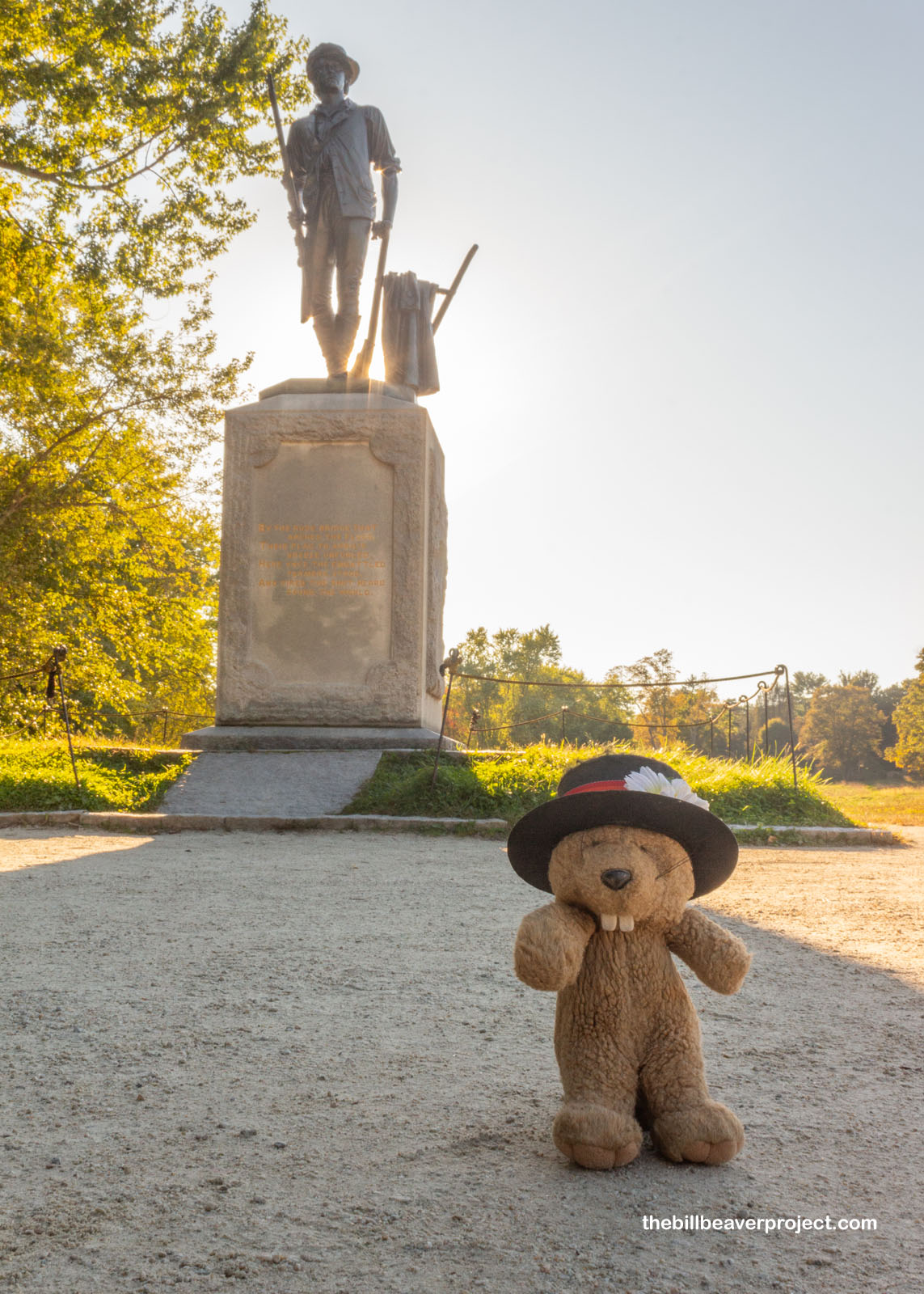 |
Like at Lexington, the first shots from the British side were made without orders from officers, killing Captain Isaac Davis. It was then that Major John Buttrick gave the order for the Minute Men to open fire, the first offensive of the Revolution, and boy, did it leave an impression! More confused and scared than ever, the British regulars started a long retreat!
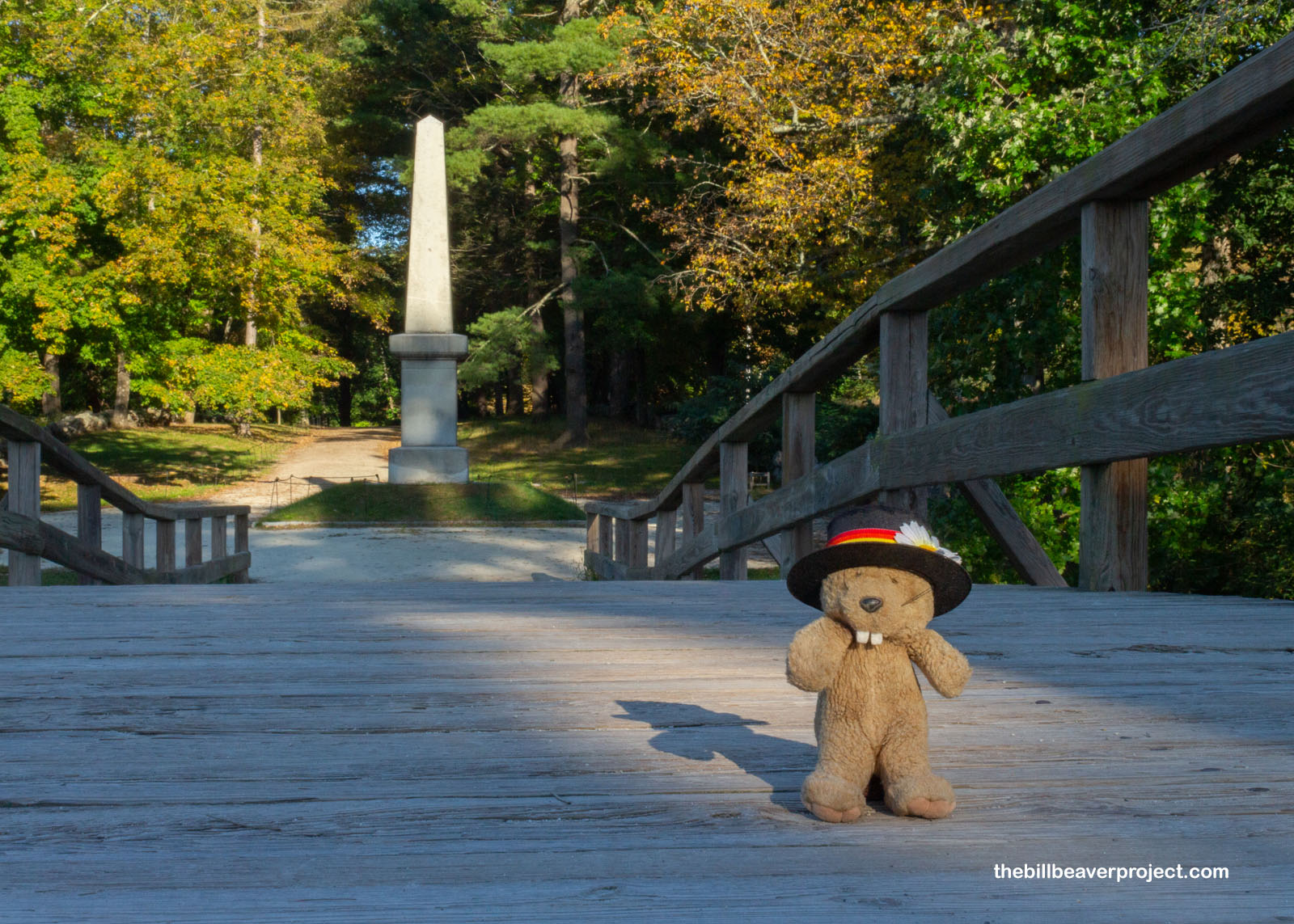 |
Seven hours after the first shots on Lexington Green, the Minute Men were now chasing the British redcoats back down Bay Road from Concord to Lexington and beyond, firing from behind trees and sheds. Muskets being wildly inaccurate, this fierce battle was scarier than it was deadly; out of 1,500 Brits and almost 4,000 Patriots, there were under 400 casualties between Lexington and Concord! Though the fleeing redcoats got away once they reached the harbor and naval protection, the Minute Men settled in around Boston, making way for the Battle of Bunker Hill and eight years of Revolution!
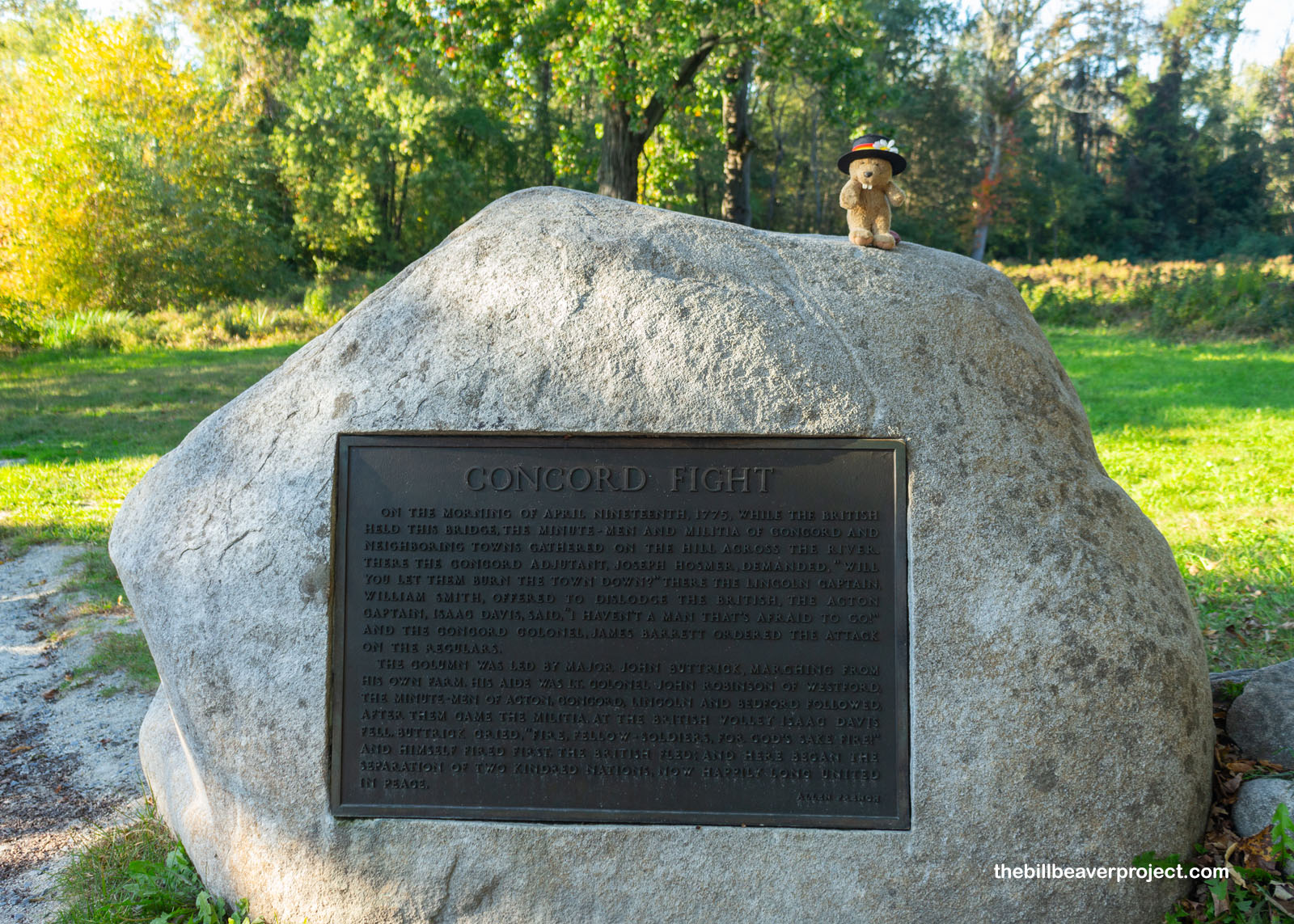 |
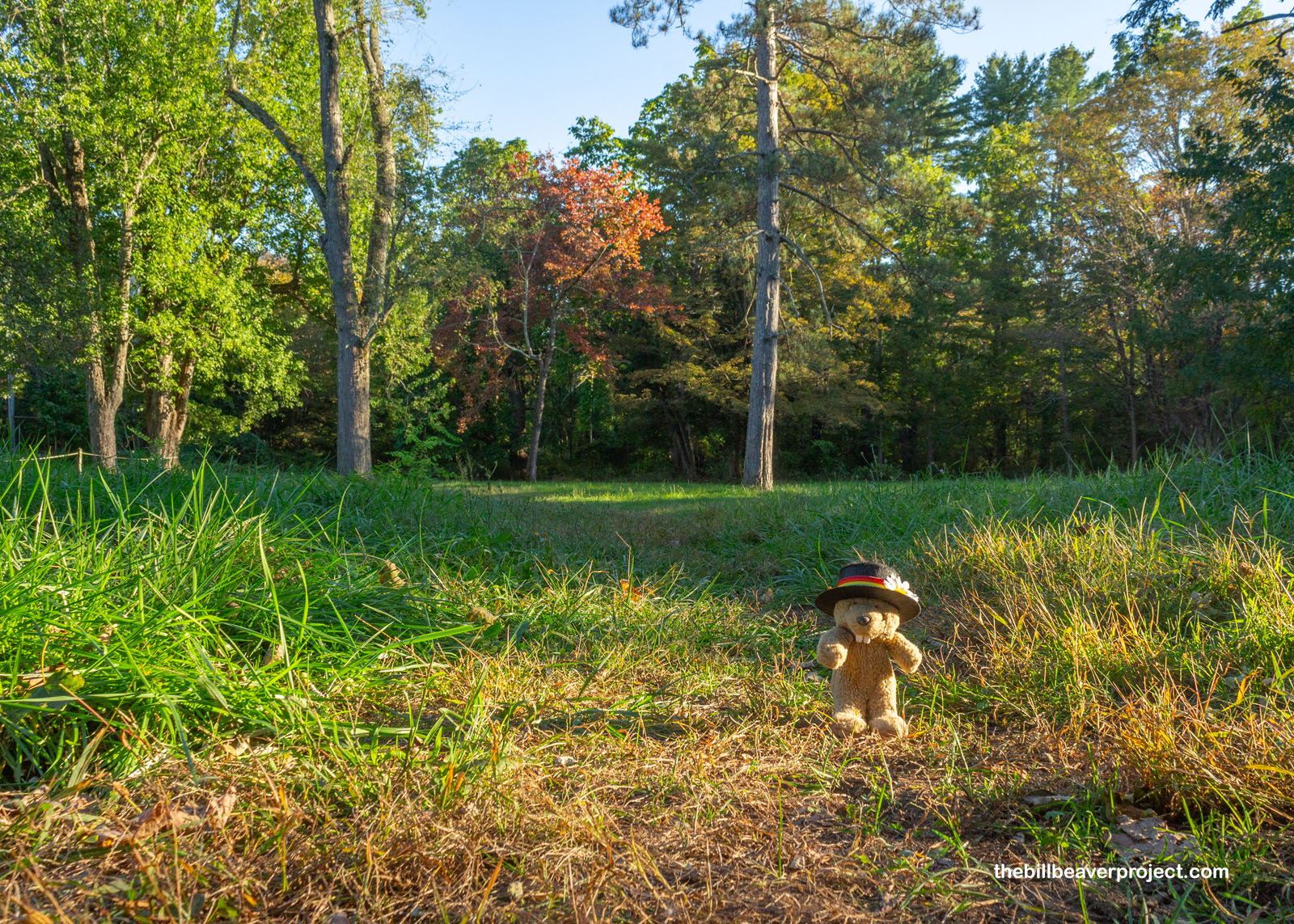 |
After all these battlefield wanderings, I needed to wind down a bit, so I took a stroll around the Old Manse, the farm of Waldo Emerson’s grandpa, Reverend William Emerson! Far from a pacifist, Reverend Emerson would rile up his congregation with each taxation act passed by Parliament, believing that God would side with opponents of tyranny! He might have been right, because six years later, Cornwallis would surrender at Yorktown, and the Treaty of Paris (1783) put independence in print!
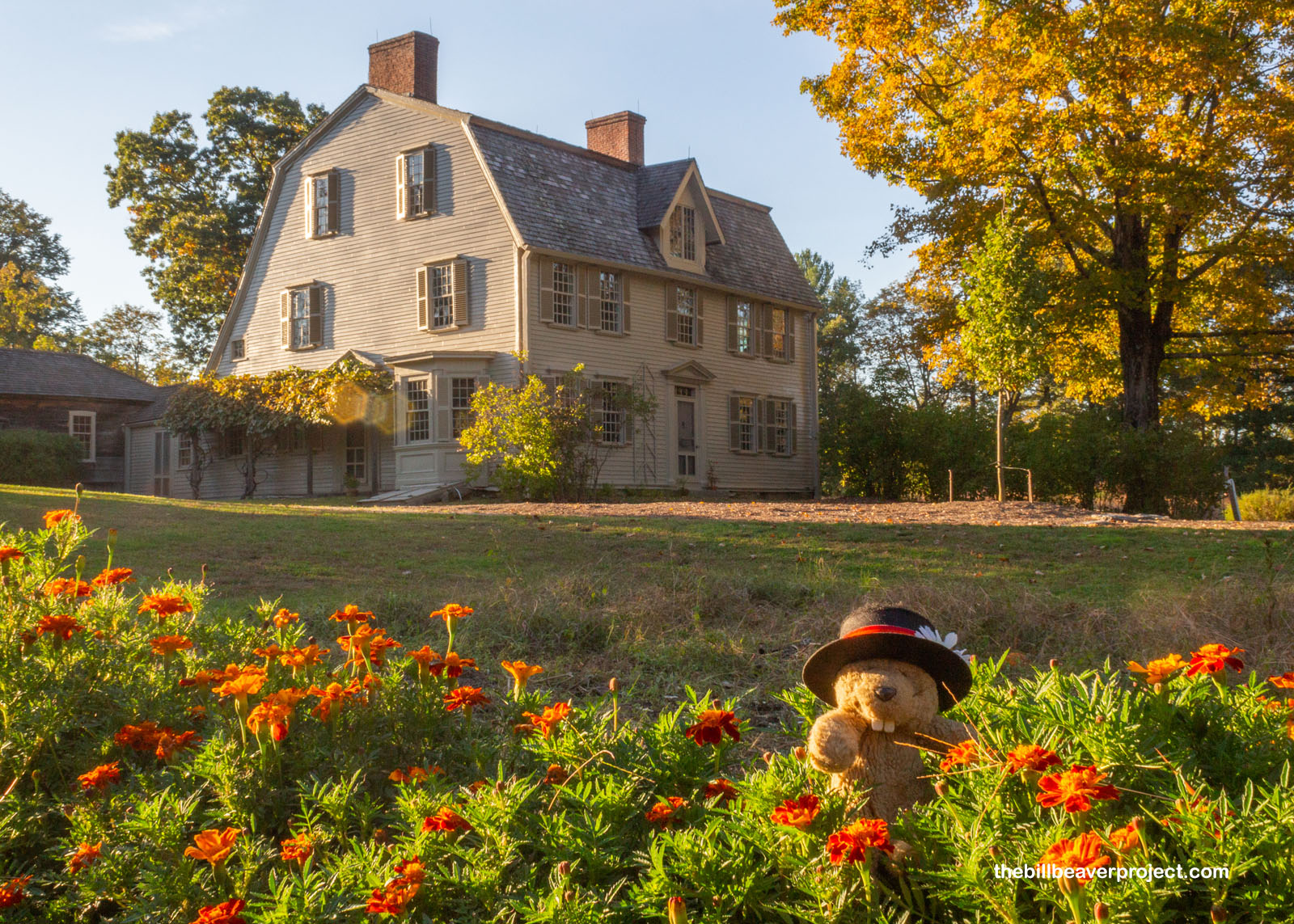 |
Darkness settled over Concord, so I made my way to my AirBNB in Waltham, via some tasty dan-dan noodles from Chang An Restaurant, and prepared for another day of Bay State adventure. Tomorrow, I’ll be exploring more on the peripheries of Boston and maybe do something spooky because, folks, we’re in Halloween season!
See you in Salem!

 More 2023 Adventure |
Total Ground Covered: 42.6 mi (68.6 km) |
 Next Day |
